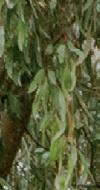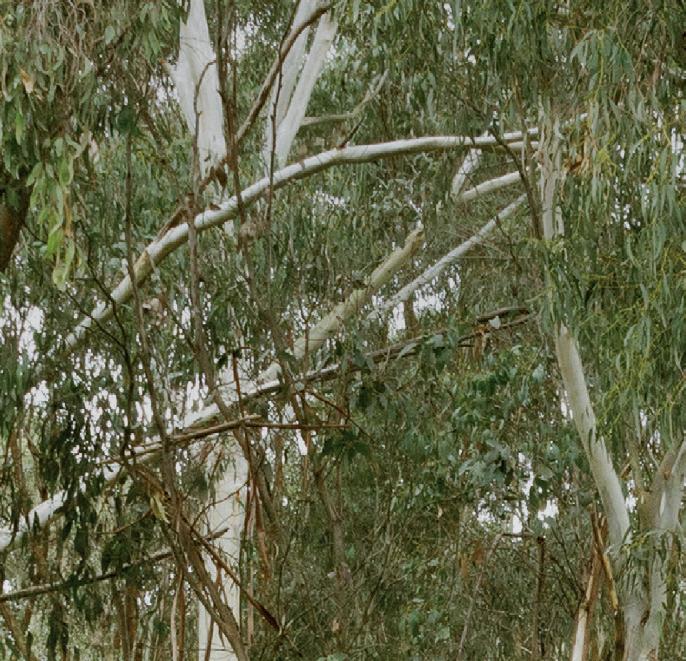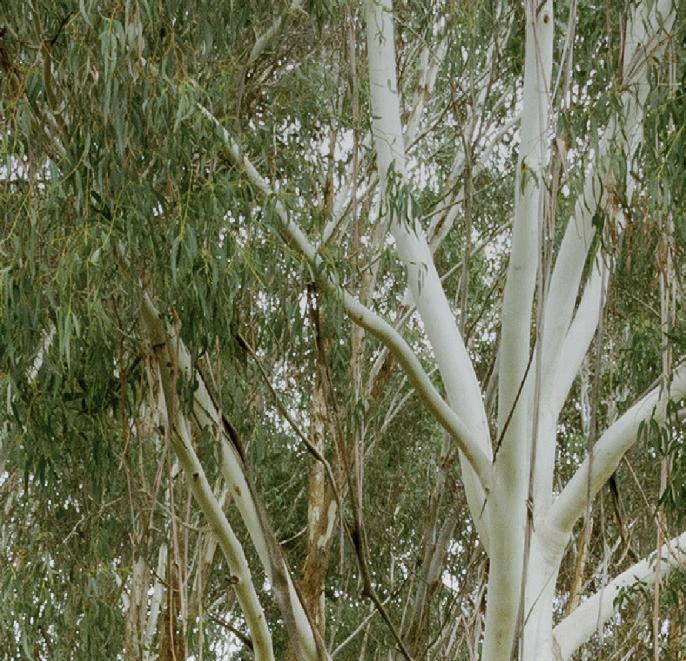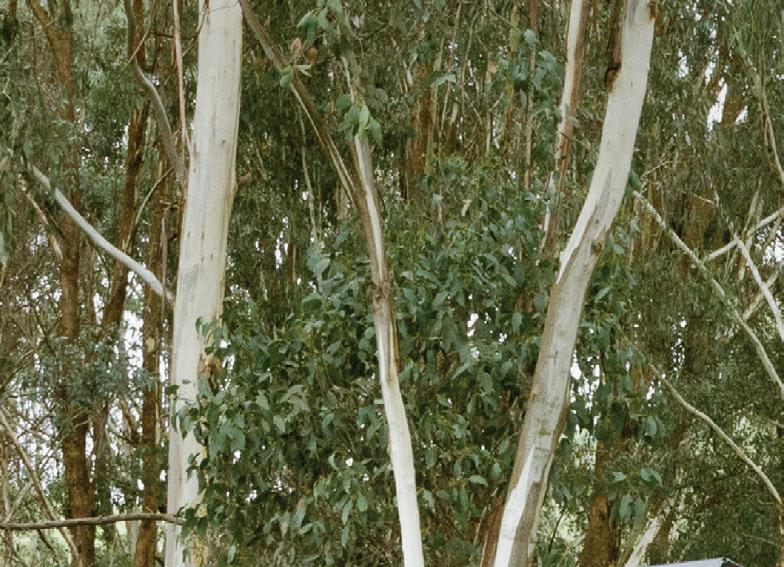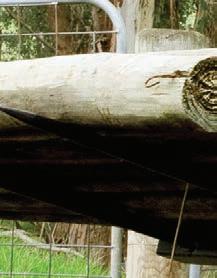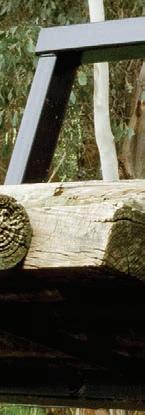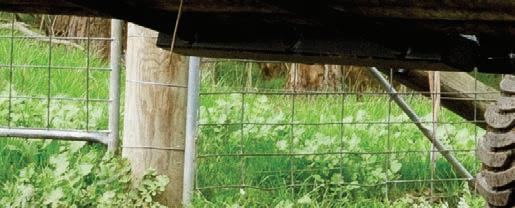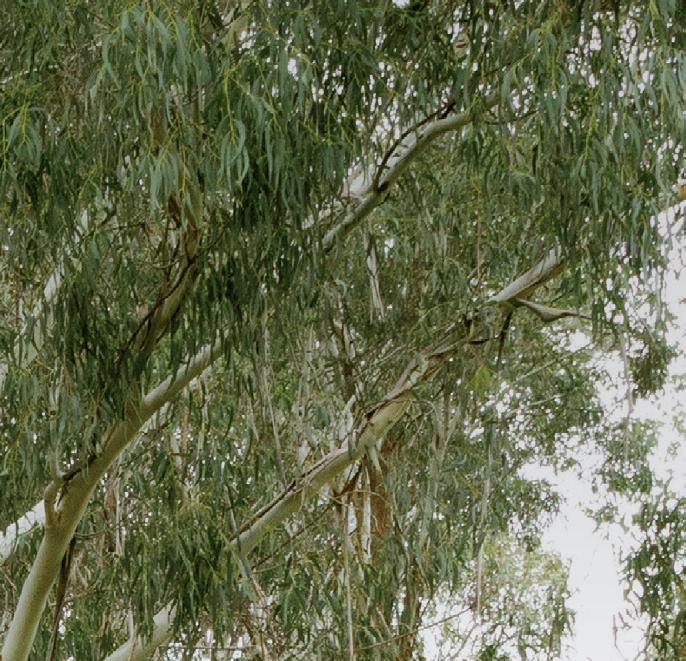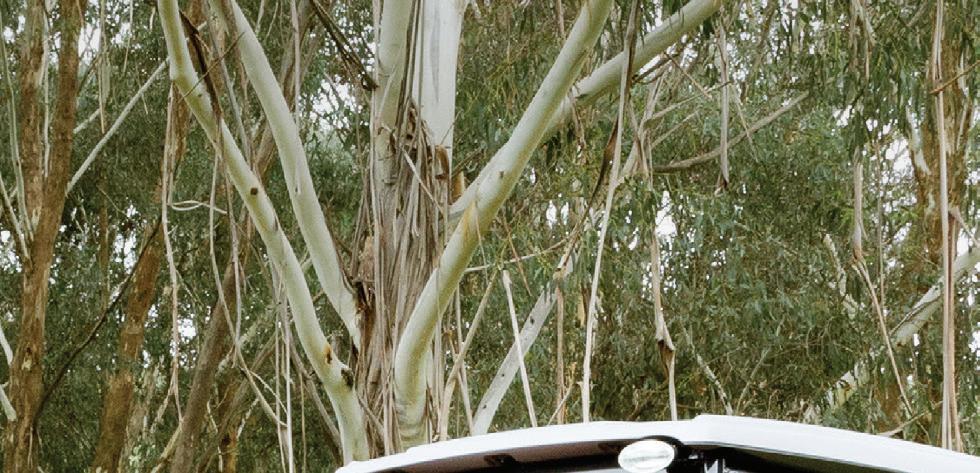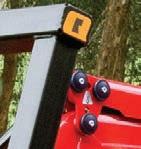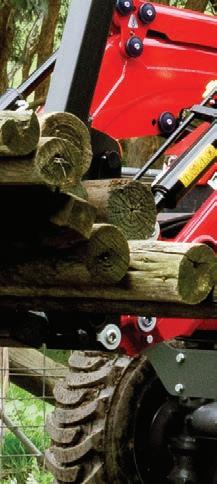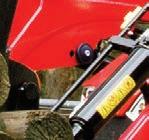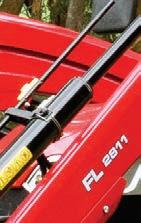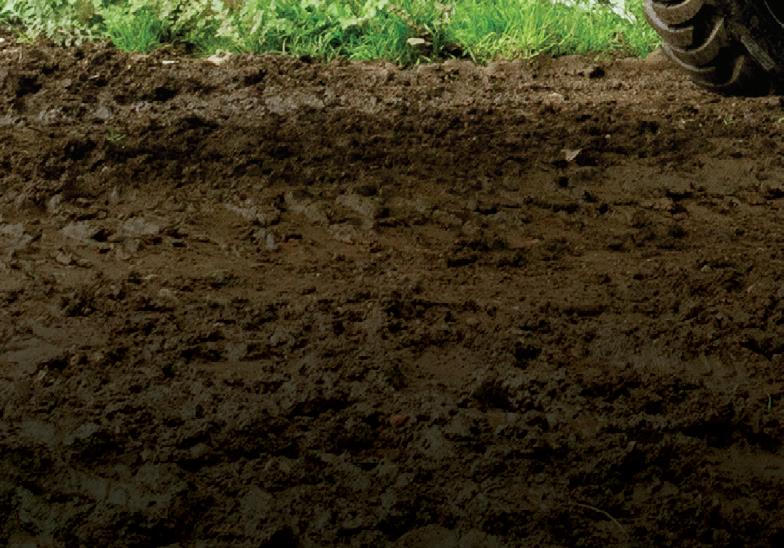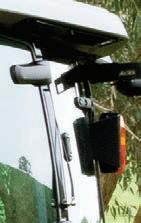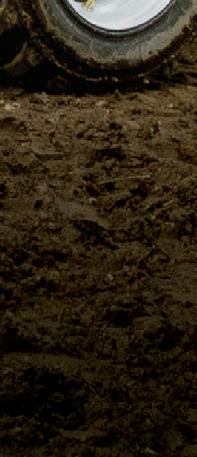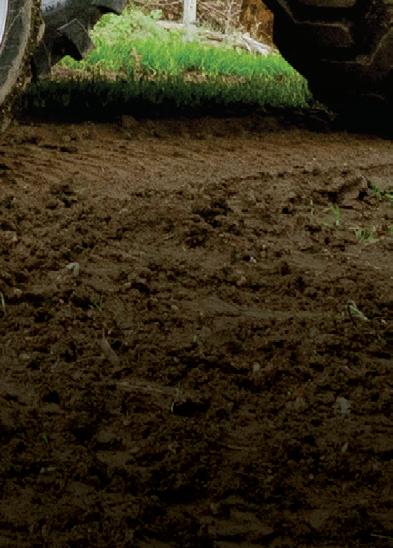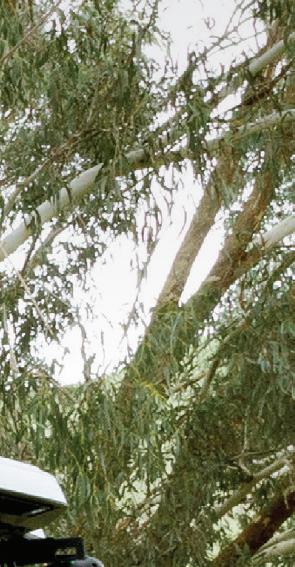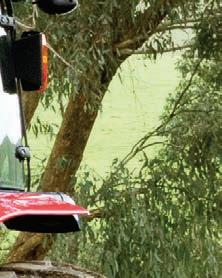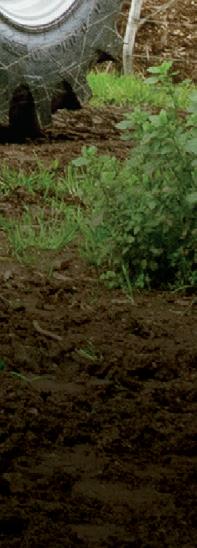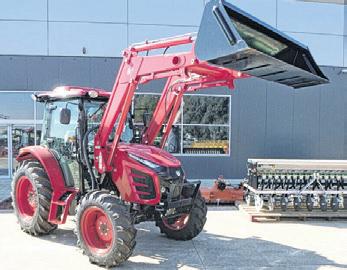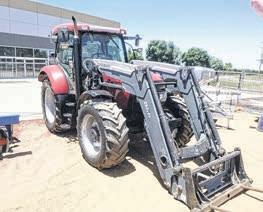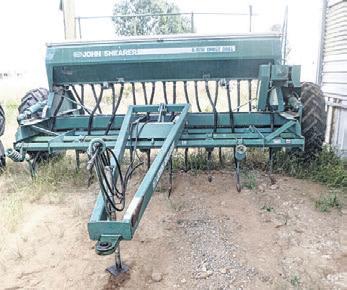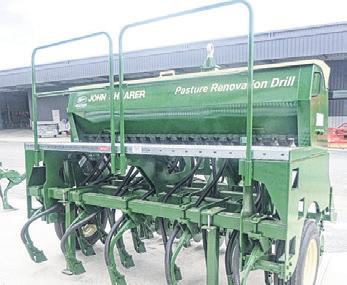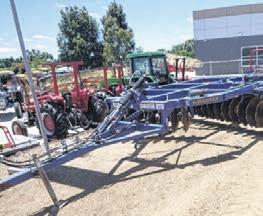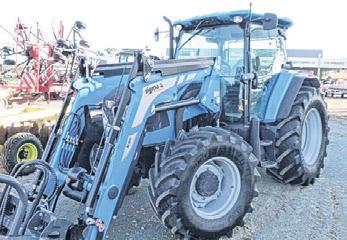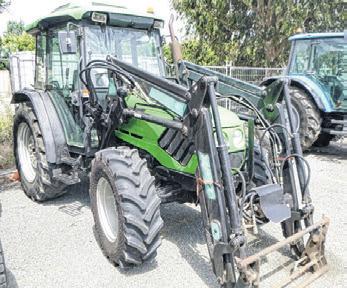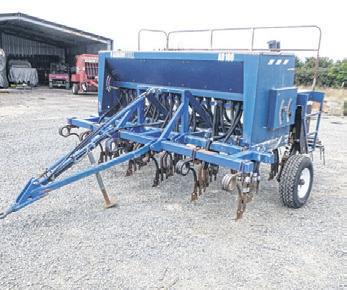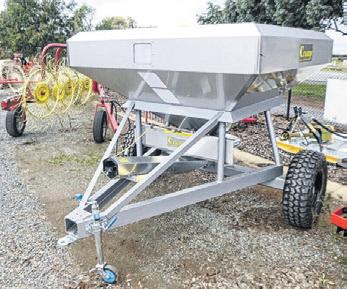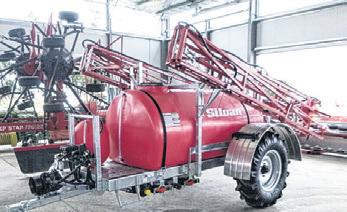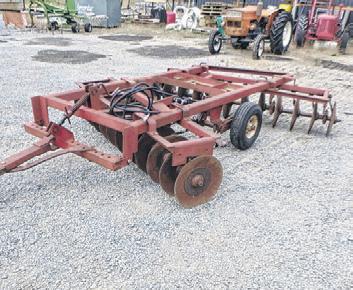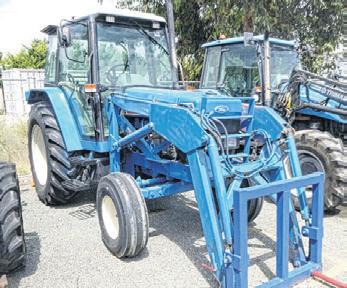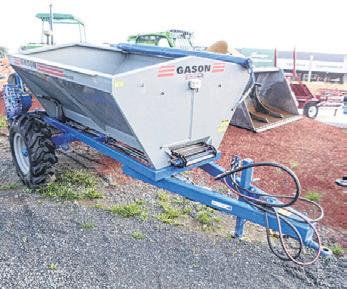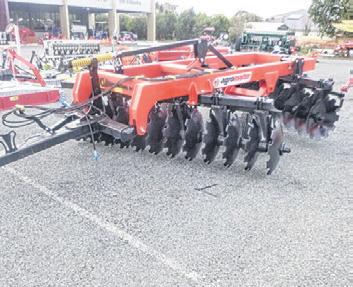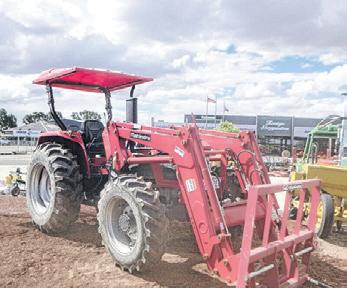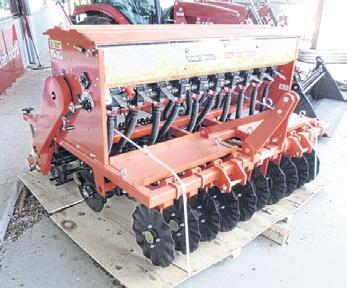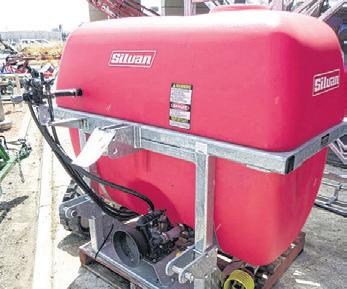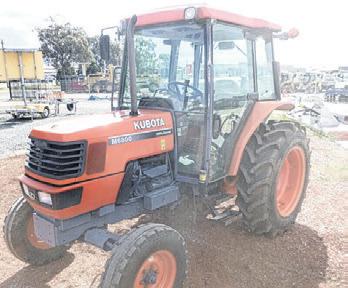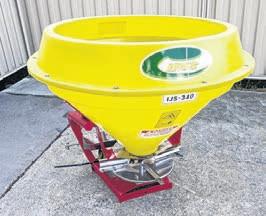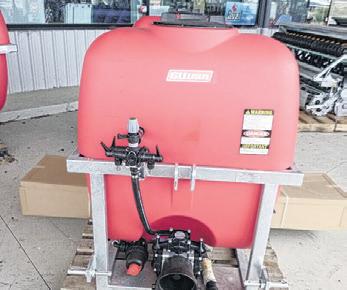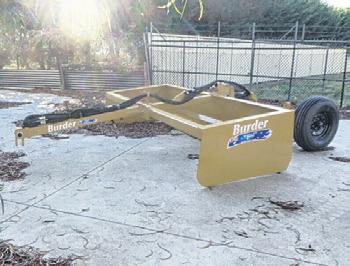






























THE state government has welcomed the ndings of the parliamentary inquiry into the welfare of pigs in Victoria, backing 16 of the 18 recommendations with implementation expected to begin early this year.
The inquiry which was initiated on May 25, 2023, by the Victorian Legislative Council Economy and Infrastructure Committee was a culmination of numerous submissions by representatives of the pork industry and animal welfare and activist groups, followed by four public hearings.

The enquiry looked at existing regulatory frameworks and their promotion of pig welfare outcomes, methods used to stun pigs before slaughter, outcomes of the 2017 industry-led phase out of sow stalls, current pig breeding and housing practices, and international industry best practice standards.
The committee’s report was released on June 20, 2024, and included 14 ndings and 18 recommendations for the Victorian government’s consideration with six months given for the response.
■ Continued page 3



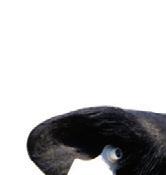











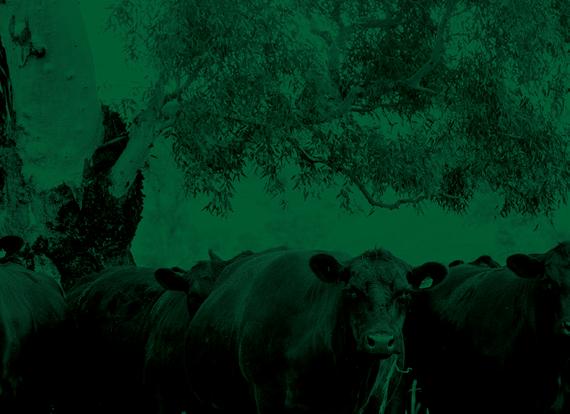



















A COUPLE from Kallista pleaded guilty to animal cruelty o ences under the Prevention of Cruelty to Animals Act 1986 (POCTA) at the Wonthaggi Magistrates’ Court recently, both receiving a ne of $2000 without conviction.
The pair plead guilty to two charges of neglecting to supervise and prevent access to a boggy area on their property at Toora, resulting in unnecessary pain or su er-
ing caused to a heifer stuck up to its neck in mud.
The accused also pleaded guilty to two charges for failing to comply with a Notice to Comply (NTC), and aggravated cruelty in respect of a steer with a large eye cancer.
The magistrate commented the responsibility fell on them to keep the animals safe, healthy, and well, and the offending is taken seriously because of the
vulnerability of the animals.
Agriculture Victoria Compliance Manager Daniel Bode said the accused were absentee owners and persons in charge of a mob of approximately 32 cattle.
In response to a complaint, Agriculture Victoria o cers attended the property in September 2023.
“The AgVic o cers observed a steer in extremely low body condition and with an advanced eye can-
cer measuring 15 centimetres wide and 11 centimetres deep,” said Mr Bode.
“An NTC that was issued to provide treatment was not acted on.”
Additionally, a heifer was discovered, whose body was completely bogged in a dam.
There was nothing to prevent livestock accessing this area.
Both animals were euthanised to prevent further su ering.
Mr Bode said apart from the obvious pain and su ering of the animals, animal welfare breaches can jeopardise Victoria’s reputation as a humane and responsible producer of food, which can, in turn, a ect all producers.
Anyone wishing to make a speci c complaint regarding livestock welfare can contact Agriculture Victoria on 136 186 or aw.complaint@ agriculture.vic.gov.au
■ From front page


Wangaratta Victoria, 3677 (03) 5723 0100 sfarmer@nemedia.com.au
Advertising: Michael Kidman Phone (03) 5731 3306 mkidman@nemedia.com.au
SENIOR Emma Oliver JOURNALIST Phone 0433 267 203 eoliver@nemedia.com.au
Pre-Press Kelly Lovell Coordinator Phone (03) 5723 0145 production@nemedia.com.au
The response released in December con rmed the government had considered all the recommendations of the committee.
The outcome was support for six recommendations and 10 recommendations in principle and chose not to support two of the recommendations.
One recommendation of signicant note is to replace the Code of Practice for pig welfare with national standards and guidelines for pigs.
The Australian Meat Industry Council (AMIC) said it welcomed the Victorian government’s response to the Parliamentary Pig Welfare Inquiry, which accepts a science-based approach to animal welfare and recognises the important role the pig industry plays in the state.
“The Victorian government’s decision to align regulatory requirements with national animal welfare standards and guidelines is supported by AMIC,” said the council’s interim CEO Tim Ryan.

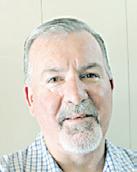

“To that end, AMIC has been engaging government and other stakeholders through formal processes to develop minimum animal welfare standards and guidelines for livestock processing establishments, that go beyond the existing model code and will apply to facilities not already captured under the best-practise Australian Livestock Processing Industry Animal Welfare Certi cation System (AAWCS),”
Mr Ryan explained.
“As an industry, we are constantly seeking to improve and demonstrate our high animal welfare credentials, through the implementation of our widely adopted and world-leading AAWCS.
“AAWCS is a step ahead of government requirements, with video surveillance systems set to become a mandatory component of
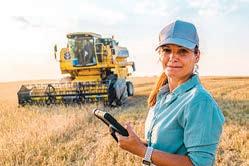
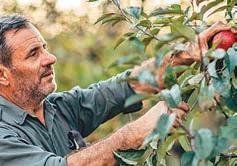
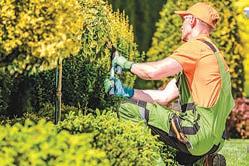

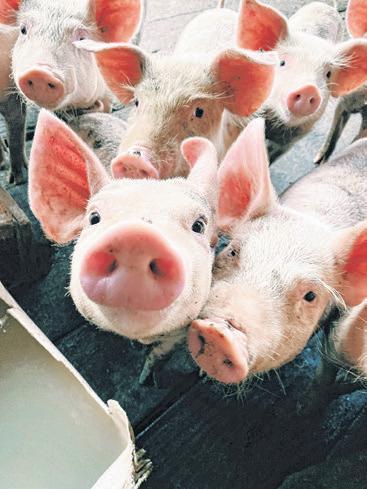
the standards from 2026,” he said.
“Our industry continues to invest heavily in research and development to ensure we remain at the forefront of animal welfare.
“The con rmation that CO2 gas stunning is currently considered a best practice method for stunning pigs recon rms Australia’s processes are aligned with global peers and current science,” Mr Ryan said.
“We will continue engage with government and industry to ensure the management of animal welfare at processing facilities continues to be rooted in science and aligns with customer expectations.”
The state government said it recognised the signi cant work the pork industry had already done to improve the welfare of farmed pigs and would continue to work closely with the pig industry and animal welfare organisations to ensure the implementation of the recommendations.
“Victoria has some of the best produce in the world and part of that includes having high animal welfare standards – these changes will ensure Victoria’s pig indus-
try can continue to thrive on the global stage,” said the minister for Agriculture Ros Spence.
“We look forward to continuing to work with industry and animal advocacy groups to start implementing the recommendations to improve the way pigs are treated and cared for on Victorian farms,” Ms Spence said.
The Victorian Farmers Federation was continuing to work through the various recommendations but provided the following comments from VFF Pig Group President, David Wright.
“As the VFF had recommended to the Parliamentary inquiry into pig welfare, it is completely wrong for Victoria to unilaterally set animal welfare standards that are not aligned with the national approach,” said Mr Wright.
“We welcome the government a rming this position in its response to the inquiry.
“The behaviours of animal activists, who invade family farms in an attempt to create shock is a political tactic, must be rejected and not used as the basis for dismantling animal welfare laws,” Mr Wright said.
“Changes to animal welfare laws moving forward must be done in a balanced way that acknowledges scienti c evidence, the impact on industries and community views.
“The government has made a strong commitment to work with the pig industry to progress animal welfare standards, and the VFF will actively participate in the development of new regulations.”
The government did not support recommendation six which called for the “establishment of an Independent O ce of Animal Protection to ensure compliance with animal protection laws, streamline complaints, provide expert, evidence‑based reform and monitor animal welfare con-
ditions within Victoria”.
Its response said Victoria’s current animal welfare system involved multiple regulatory entities including Animal Welfare Victoria, Agriculture Victoria, and the Conservation Regulator (all sitting within Department of Environment, Energy and Climate Action (DEECA) and the Royal Society for the Prevention of Cruelty to Animals (RSPCA) Victoria.
“Additional regulators, including PrimeSafe, the Victorian Fisheries Authority, the Game Management Authority, Victoria Police, and local governments also have a role in regulating the treatment of animals in some circumstances,” said the government.
It was believed that there was a broad coverage across all activities by multiple agencies with high level expertise to ensure the regulation of pig welfare.
The other recommendation not supported was a government “mandate reporting on the methods of procurement and extraction of semen from boars, and the frequency of each boar used, the method, dates, and frequency of the arti cial semination of each sow”.
According to the state government “arti cial insemination (AI) of companion, zoological and livestock animals including pigs is not currently regulated in Australia” and “there are currently no prohibitions on non-surgical AI practices”.
“Non-surgical AI is the standard method of AI used in the pork industry and the use of AI can support pig welfare by reducing injuries received during natural mating.
“In the absence of any speci c concerns about the welfare of sows or boars in relation to AI, it is not clear how the reporting of AI data would bene t pig welfare,” said the government’s response.


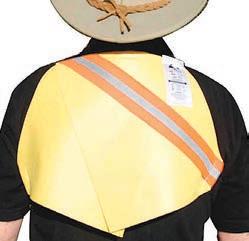


BORN out of trying to work outdoors in 35-degree plus heat, Cool Kape evolved using a unique fabric imported from Europe.
The evaporative cooling action of Cool Kape can immediately cool the wearer significantly and best of all retains a cooler temperature for up to two hours at a time.
The key to keeping cool with Cool Kape is keeping the Kape wet or at least moist, which allows the evaporative cooling process to work lowering the temperature, reducing and sustaining the wearer’s core temperature. If the Cool Kape dries out simply refresh it to keep the cooling active.
Cool Kape is available in a single or double thickness, and both have
a Hi Vis option. It is designed as onesize-fits-all with a toggle positioned at chest height for ease of access to loosen or tighten to fit where required.
According to the Victorian Government Better Health web reference, heat related illnesses like heat stroke le unchecked can be life threatening.
Recommended prevention besides keeping well hydrated, is to try to stay cool and this is where Cool Kape can help, particularly for those who need to keep working in the heat.
Even in the heat, Cool Kape can reduce body core temperature helping to keep your body temperature cooler and therefore lessen the risk of heat related illnesses.
Besides Cool Kape helping to reduce the impact of heat health risks, keeping cooler in the heat when the farm work just has to get done is a plus.
Orders can be placed by emailing coolkape@ champads.com.au, calling 0403 226 770 or online via www.coolkape.com.au. Orders will be despatched ASAP. Orders of three and over will be subject to discounts. There is still a lot of hot weather ahead for 2025 every day without Cool Kape is another hot day at work.
For more information contact Cool Kape 0403 226 770 Email: coolkape@ champads.com.au Visit: www.coolkape. com.au
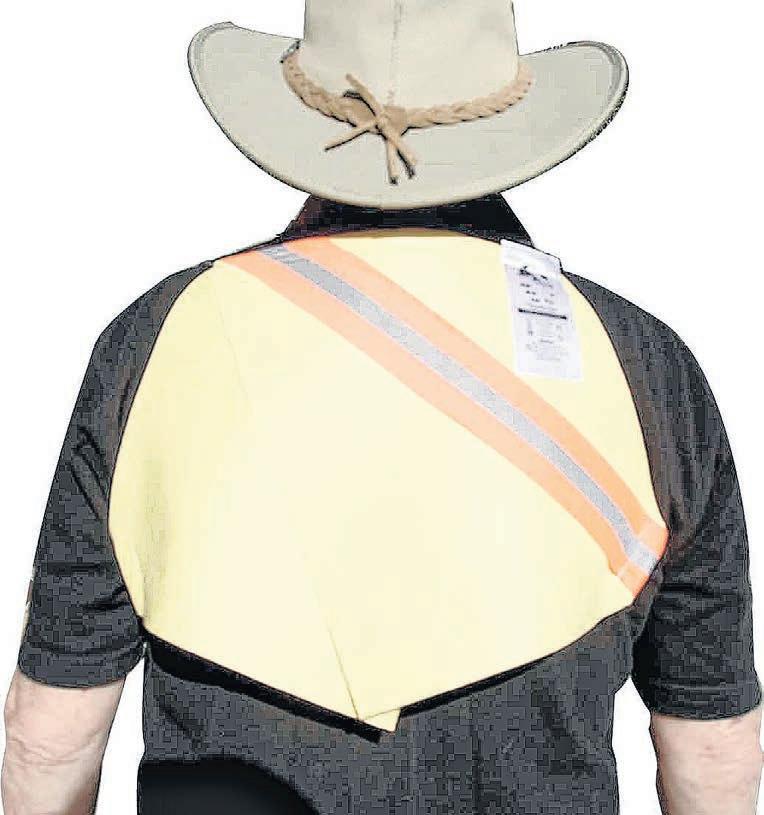
COMFORT AND FORM: The Cool Kape fits neatly over your workwear, providing a light weight cooling option that doesn’t hinder movement or work flow.

We also operate Store and Fat Sales out of the Koonwarra Saleyards every Tuesday and every second Thursday.
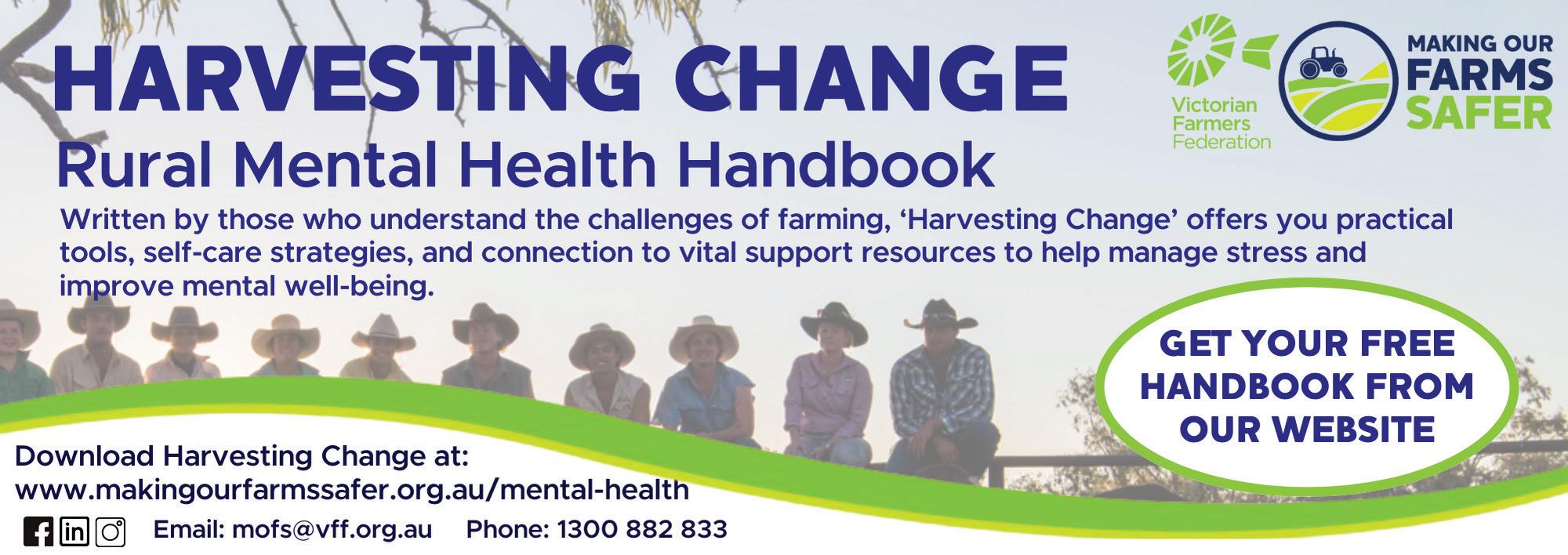
• All tanks are 2.26m (7’6”) in height
• All tanks walls are 130mm (5.2”) thick
• All foundations (tank floors) are 250mm (9.8”) thick
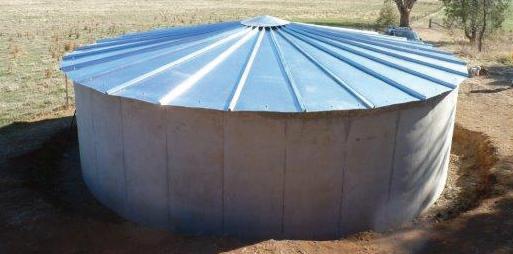

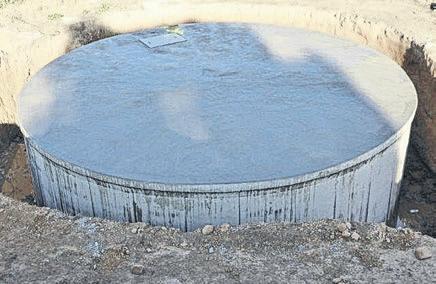

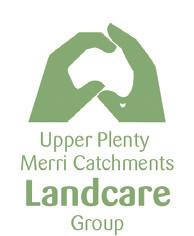

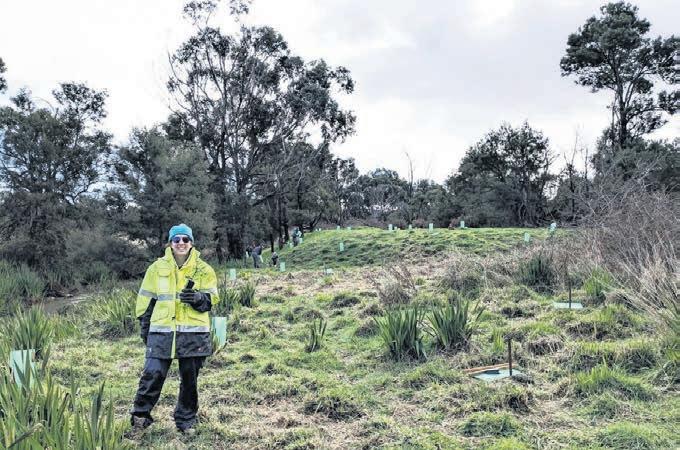
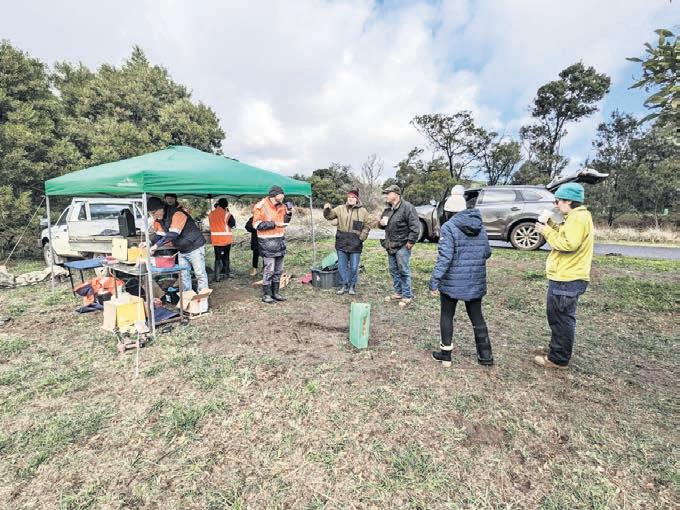
By CHLOE O’BRIEN
THE Dry Creek Restoration Project has been an ongoing e ort run by the volunteers of the UPMCLG (Upper Plenty Merri Catchments Landcare Group).
These volunteers created the UPMCLG as they felt there was a need in their community to provide their neighbours with assistance and education to control woody weeds and restore grazed land.
Since the forming of the Landcare Group in late 2023, it has evolved into so much more.
Dry Creek is one of many creeks inside the Merri Catchment area that start at the base of Mount Disappointment.
Like so many other creeks and rivers in this region, it winds its way through farmland that has been grazed for decades before joining bigger creeks and eventually the Plenty River.
This area was initially chosen by
the group to restore due to its neglect and easy access being a public roadside area.
The creek is nestled between farmland and the Wallan-Whittlesea Road, so it is easy to imagine what the condition was like before works started.
The site was covered in gorse and thick blackberry bushes running roadside straight into the creek itself.
Hawthorn berry bushes were also frequently found throughout the site.
Safety whilst being roadside and the strength and durability of equipment (and gloves) were just some of the issues that quickly arose.
The group battled all weather conditions and put in some hard yards with the help of both grant funded contractors, volunteers and even family members to remove the difcult weeds.
This site required the use of a variety of weed removal techniques including spraying herbicides, drill and ll, cut and paint and the physi-
cal removal of woody weeds.
A er months of work and waiting for the right time and conditions, Dry Creek was nally ready to be planted.
Some great guidance was provided from Chris Cobern, the Upper Merri Landcare Facilitator, with regards to what vegetation to plant.
Whilst the group was removing noxious weeds, similar plants would need to be planted for animals already living in the area, such as small native birds and nches that thrive in spiny bushes, similar to the blackberries bushes.
To date, approximately 300 plants have been planted as part of the Dry Creek Restoration Project.
These have ranged from Red Ironbarks, Swamp Gums, Dianellas, Woolley Tea-Trees and Hop Bush just to name a few.
The site has ongoing monitoring for the survival of these juvenile plants and trail cams have been installed.
These cameras have recorded a
number of inhabitants including wallabies, kangaroos, an array of small birdlife, common pests and even a wombat a ected with mange that the group was able to seek treatment for.
Whilst this Landcare Group may be small in numbers, it is a determined group that has managed to tackle problems ranging from the re moval of woody weeds and the resto ration of not only public, but private land as well.
In a short time, this Landcare Group has hosted many workshops relating to pest and weed removal as well as talks from specialist speakers ranging from native sh and water bugs, to herbicides and rabbit man agement.
Be sure to keep an eye out on their Facebook page for any events that might bene t you or reach out for any upcoming events this year.
Funding for the Dry Creek Reha bilitation Project was provided by Melbourne Water.
AGRICULTURE Victoria has li ed quarantine on the last property impacted by H7 avian in uenza, bringing the outbreak in Victoria to an end.
In 2024, Victoria experienced Australia’s largest avian in uenza outbreak.
Between May 22 and June 24, eight commercial poultry properties in south-west Victoria had birds that tested positive for high pathogenicity H7 avian in uenza.
Seven infected properties near Meredith were con rmed to have a high pathogenicity H7N3 strain of avian in uenza, and one infected property near Terang was con rmed to have a high pathogenicity H7N9 strain.
Making the announcement midJanuary, Victoria’s Acting Chief Veterinary O cer Dr Cameron Bell said the two Victorian H7 strains of avian in uenza are now successfully eradicated.
“Victoria’s response included undertaking extensive surveillance, with testing of 38,000 birds taking place,” he said.
“The collaborative e orts of government, the chicken meat and egg industries, and the community have ensured that we could respond e ectively to the outbreak.”
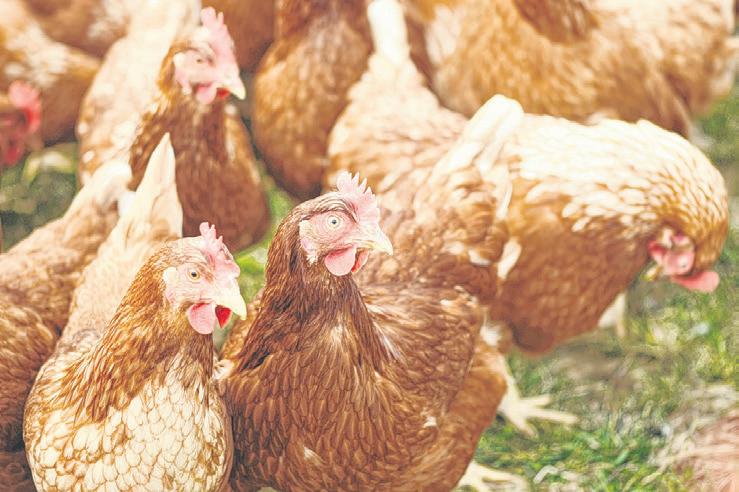
by




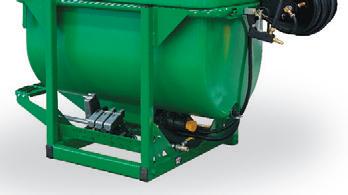
































































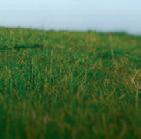
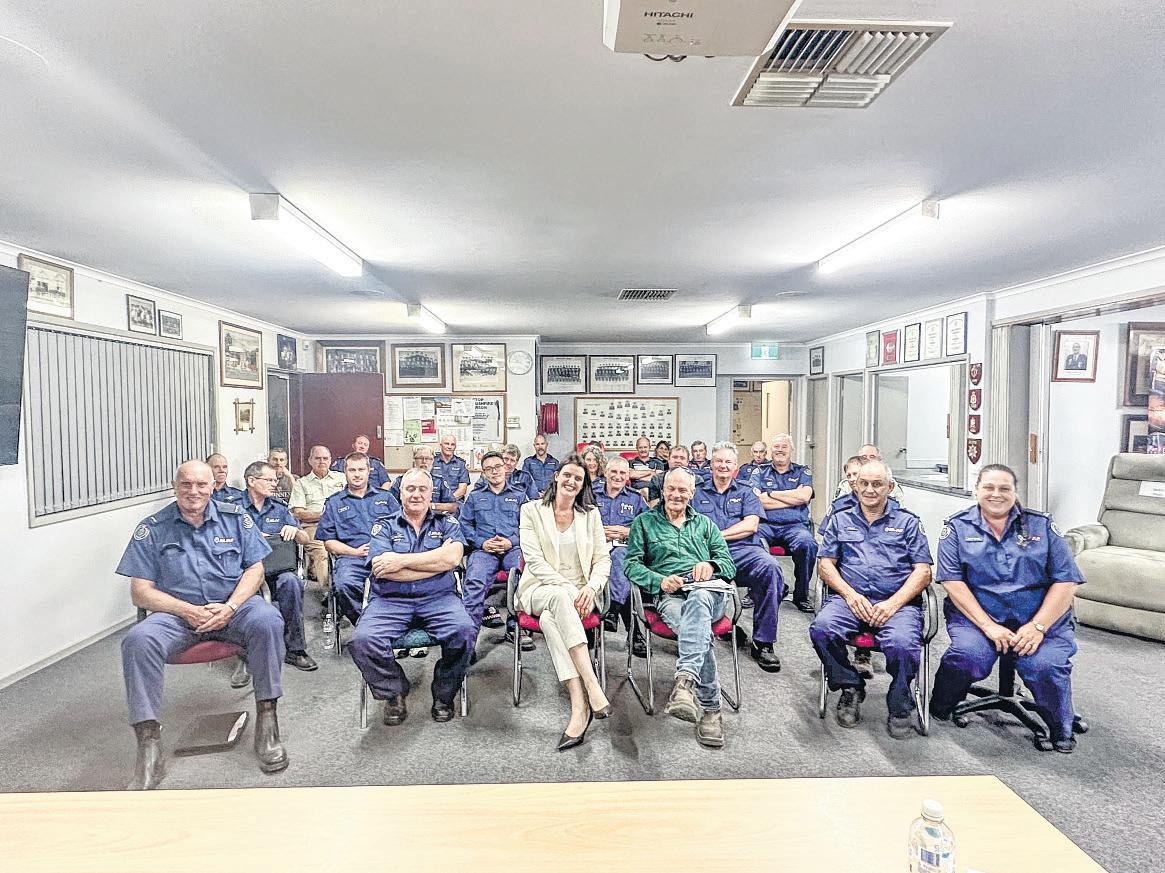
THE state government has failed to properly support emergency service volunteers across the state, with recent reports indicating that they have allocated just $6 million to cover levy exemptions.
The reports, found in a budget update tabled in parliament, also refers to the exemptions as coming into play from July 1, 2026, 12 months later than initially planned.
The Nationals’ Member for Euroa, Annabelle Cleeland, said these announcements were representative of the government’s failure to e ectively support the state’s emergency services such as the CFA and SES.
“The levy exemption had the opportunity to provide much needed relief to our dedicated volunteers, however
it is clear it will fail to address key issues within our emergency services,” Ms Cleeland said.
“With over 55,000 volunteers, this $6 million will fail to provide the necessary exemptions for our landowners, while also failing to improve core issues within brigades and units such as decreasing volunteer numbers, ageing vehicles, and ineffective facilities.
“Labor must do more to ensure our emergency services are supported to keep our communities safe.”
Ms Cleeland has been calling for a reduction in the re service levy for volunteers since before Labor’s decision and has stated that the government must urgently address its failure to prioritise frontline services.


THOSE who can remember the formation of the Victorian Farmers Federation (VFF) will recall the expectations for an effective all-commodities lobby group representing Victoria’s primary producers.
The move for commodity groups to unite commenced in 1968 when the Victorian Farmer Union (VFU) was formed; in 1979 it merged with the Graziers Association of Victoria and United Dairy Farmers of Victoria to form the VFF.
The VFF quickly achieved greater recognition by governments for the sector out of its hard-won unity.
Des Crow was the VFF’s first president, with other notable leaders including Heather Mitchell, Peter Walsh and the current NFF president David Jochinke.
Much has changed since then with the industry undergoing farm ownership consolidation, resulting in reduced numbers of Victorian producers, now estimated around 30,000.
But in recent years the VFF organization has experienced its own challenges in maintaining an administrative and financial course that satisfied different commodity groups.
This saw dairy farmers and chicken meat producers leave the VFF and form their own state bodies.
Membership declined by 1585 in three years to 3261 in September last year, now representing just 10 per cent of the state’s farmers.
Financial losses continued, to be over $4 million to 30 June 2024 and the former board considered selling the Farrer House headquarters in Melbourne, having drawn done heavily on the federation’s reserves.
Newly elected VFF president, Quambatook grain grower Brett Hosking, said his priority would be to restore members’ trust and confidence in the VFF.
Victorian farmers face numerous challenges including surges in the cost of freight and the Fire Services Levy, water buybacks, mining intrusions, lack of consultation on transmission lines and renewable energy projects changing farming options.
With his deputy, Upper Murray cattle producer Peter Star, the new president and board will need to tackle these and other farmer issues, plus rebuild membership, restore confidence and the VFF’s viability.
While this will take time, VFF members and all Victorian producers will be keenly watching for the organisation to recover to represent producers and rural Victoria more effectively.

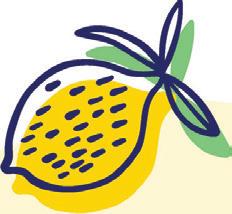
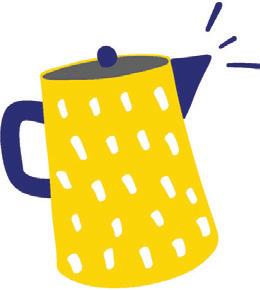
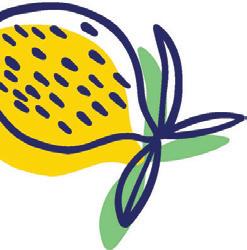
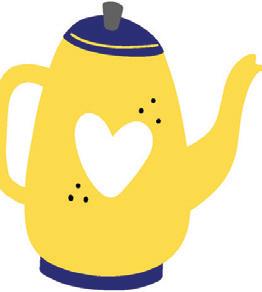


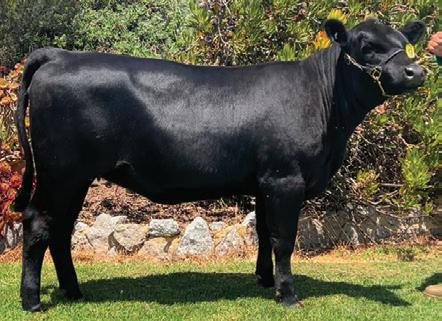
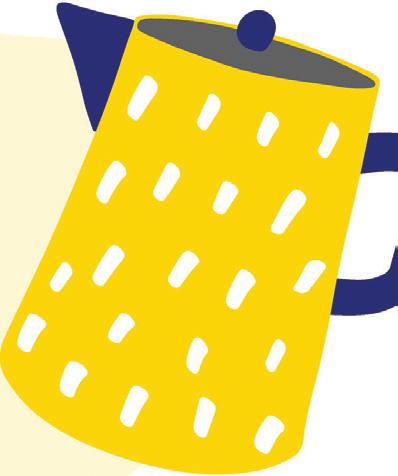
In conjunction with the 2025 Wattlewood Angus Bull Sale, Wattlewood will be offering the pick of two brilliant Wattlewood HBR Angus Heifers, where all proceeds from her sale will be donated to ‘Australia’s Biggest Morning Tea’.
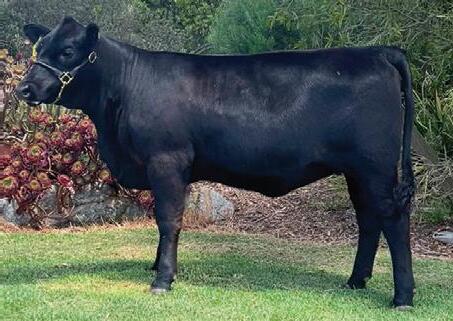
To add to this package, Angus Australia, ABS Australia and The Cattle Shop have come on board by donating:
• An ABS Australia Semen Voucher and Artificial Insemination Services from Australian Bovine Conceptions when she is ready to be joined.
• Angus Australia Membership, A Registration for her first calf, Genomic Test, An Angus Australia cooler bag, An Angus Australia polo shirt, An Angus Australia cap, An Angus Australia drink bottle, note pad and a few other goodies as well.
• A few sought after items from The Cattle Shop that will assist the purchaser to continue her show career if they choose.
• Transport to her new home. Making this heifer a great starter package for a budding young cattle breeder or an astute stud Angus breeder alike.
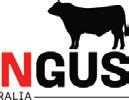
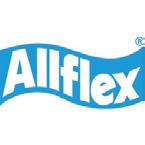








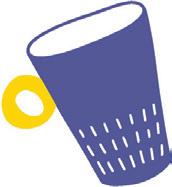









By LYNN ELDER
FOWLES Wine thrives in the ageless granite hills of the cool climate Strathbogies earning the winery several top awards at last year’s state wine show.
Owner and founder Matt Fowles said the team at Fowles Wine based in Avenel were “absolutely super stoked” with the results of the 2024 Victorian Wine Show which highlights the Strathbogie Ranges as an emerging wine region in Australia.
Outstanding outcomes included prestigious awards across white and red varietals.
The Stone Dwellers 2023 shiraz took out top gold while the same label picked up gold for its 2024 riesling.
The panel of judges said of the shiraz and shiraz viognier, 2023 category that it was a “really nice class to judge”.
In a bumper class of 70 entries in shiraz and shiraz viognier, 2022 and older, Fowles Wine collected gold with the popular label Ladies
Who Shoot Their Lunch 2021 shiraz and a bronze for Upton Run 2022 shiraz.
Bronze was awarded to both Stone Dwellers 2023 Arneis and 2022 Sangiovese.
Ladies Who Shoot Their Lunch picked up bronze for a 2022 chardonnay.
For Matt, such awards not only benchmark his wines against others in the state.
“It helps us garner that attention for a di erent bunch of awards for the most interesting wines in Victoria and for Strathbogie as a lesser known region in Australia,” he said.
As a Victorian, Matt is passionate about the state’s reputation as a cooler climate producer of ne wines, re ecting changes in the market.
“Wines from a cool climate have a lot of energy, freshness and brightness,” he said.
“People no longer want the high octane reds and to eat big steaks.
“The world has changed, it is now active wear and Thai salad,” he explained. He mentioned how “health

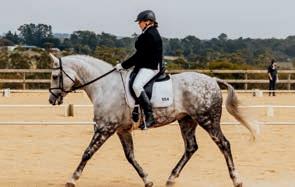
and well being had become a macro movement”.
Matt agreed there was a move towards drinking less wine and lighter styles with less alcohol content.
“Our approach is to cra wines with restrained elegance,” he said.
Fowles Wine was an early adopter of this developing trend where consumers were wanting alternatives to the traditional wine styles.
Matt is a keen ethical hunter who loves to cook and put game on the family table fully using everything he shoots.
Matching a wine to game was the “genesis” of the Ladies Who Shoot Their Lunch label he said.
The 2006 vintage was launched in 2008 and captured people’s attention and later vintages continue to be a top seller for the winery.
Matt is also passionate about his 2023 Sangiovese which he describes as being “so good” and a recent arrival in the history of Victorian wines.
■ Continued page 9






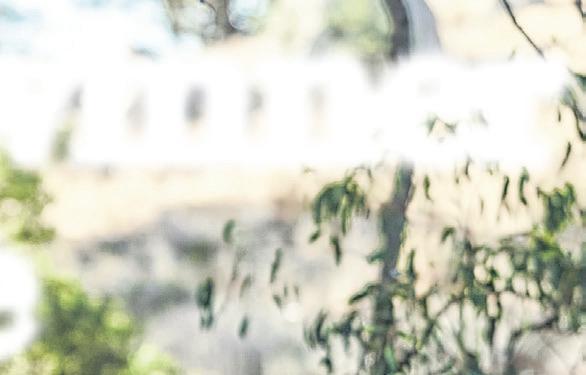
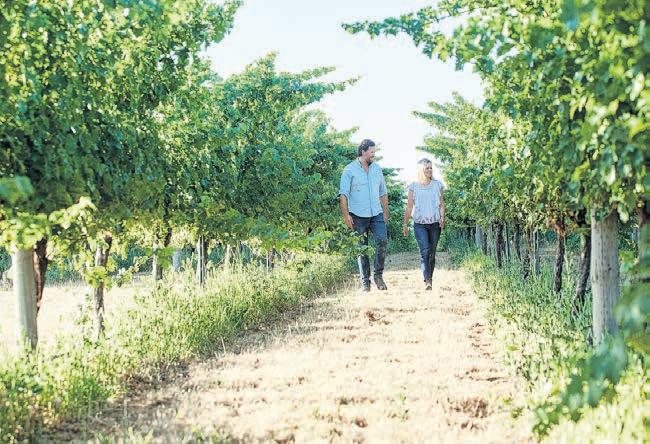


PHOTOS: Supplied
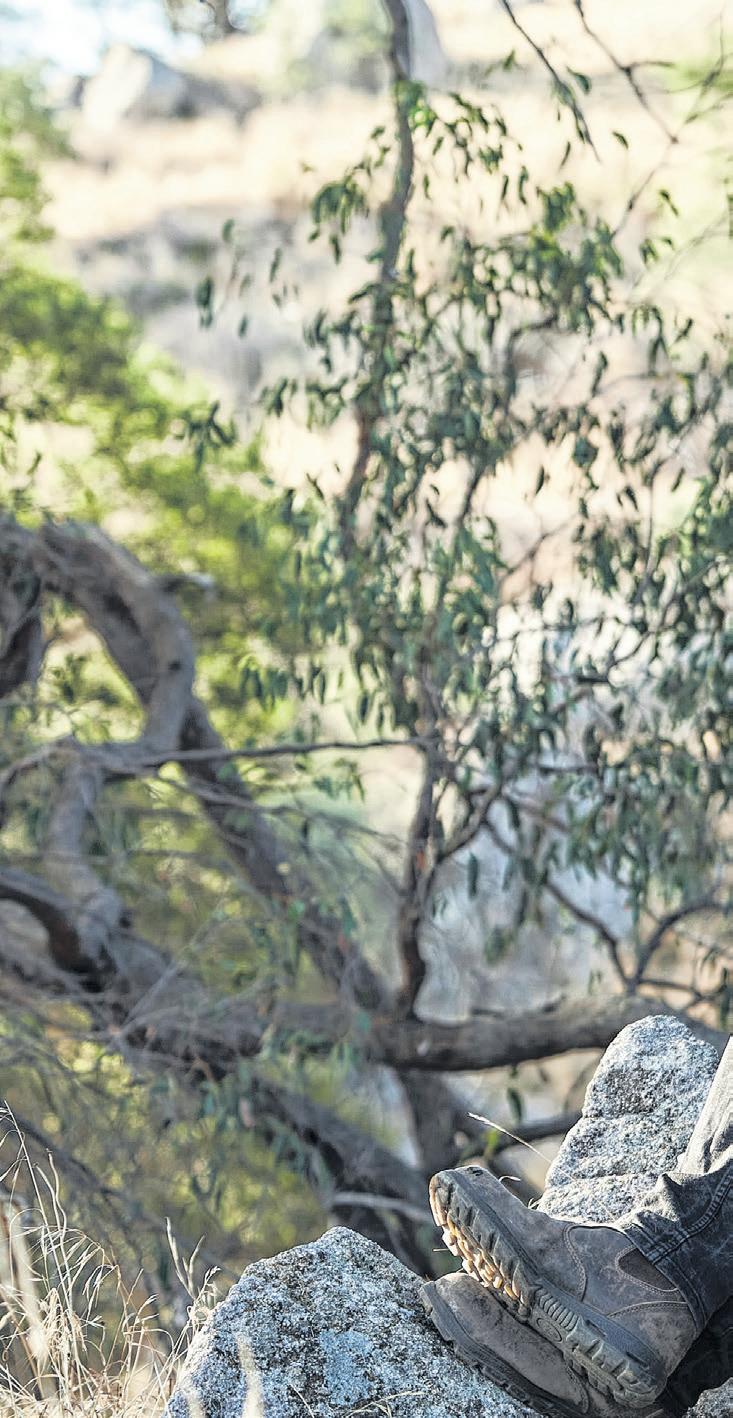


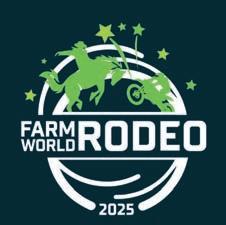
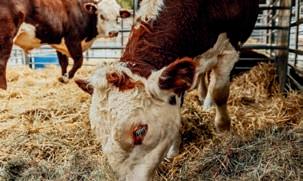

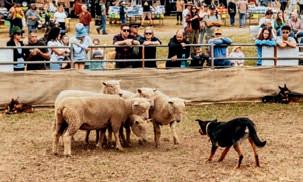



























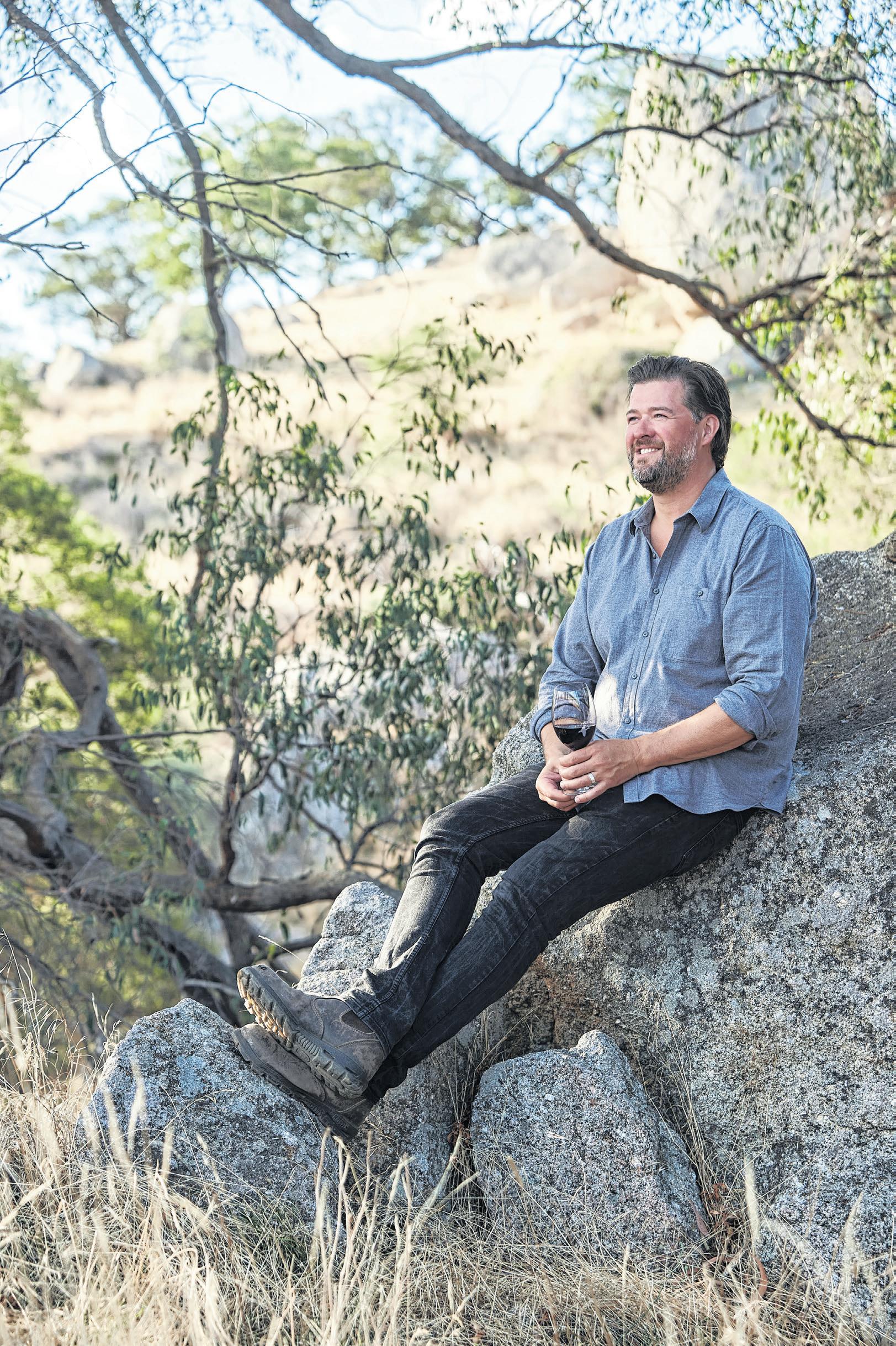
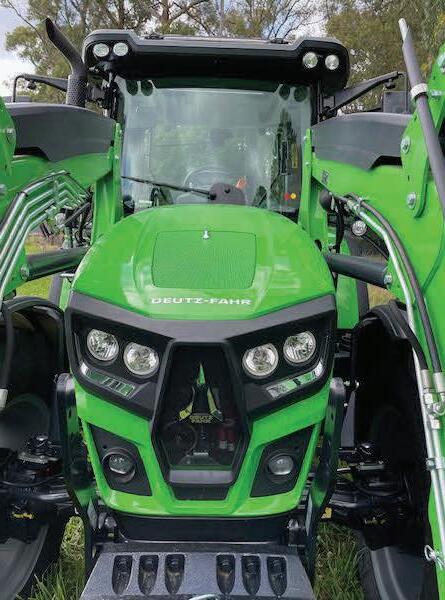
Every farmer has to make choices about how to farm their land.
- FOWLES WINE FOUNDER MATT FOWLES
■ From page 8
The Stone Dwellers 2022 vintage was also entered in the 2024 Australian Alternative Varieties Wine Show held in Mildura in November where it won the gold award for the Sangiovese varietal which was an extremely pleasing result he said.
Matt is a strong advocate for the value of such awards and said, “most people understand the system” so when they come to the cellar door “we share our results”. What is on the horizon in 2025 for Fowles Wine?
The main focus in on a new varietal in the vineyard being gamay which has Matt exceptionally excited.
“Gamay is a lighter style red which in the 14th century was outlawed by the Duke of Burgundy,” he said.
In 1395 there were concerns that gamay would outshine pinot noir due to its abundant production hence its banning from the Duchy Bourgogne in France.
The duke claimed it was “evil and disloyal”.
Like chardonnay and aligoté, gamay is a relation of the pinot noir grape.
Matt describes gamay
as the “underdog” but well suited to grow in granitebased regions.
“We are very excited, and I have met with people in Burgundy.
“The rst vintage will be harvested March, and the earliest bottling will probably be August or September,” said Matt.
“It doesn’t need a lot of maturation.
“We can’t wait to see what our winemaker Matt Harrop can do with this vintage.”
Harrop who joined the team at Fowles Wine August last year as chief winemaker is highly acclaimed in the Australian industry.
His extensive experience in climates and soils similar to those in the Strathbogie Ranges will drive continued success for Fowles.
For Matt he is so chu ed that his winemaker shares the same wine philosophy 100 per cent.
Matt’s other passion is sustainability and working in tandem with the natural environment which comes with challenges.
“Every farmer has to make choices about how to farm their land,” he conceded.
Matt as a “nature kid for
ever” confesses he could talk all day when it comes to the importance of eco systems and biodiversity within his property.
One of the positives of the location of the winery in the ancient granite hills is the large areas of remnant vegetation that remain untouched and provide habitat that micro-bats love according to Matt.
In March 2024, the winery partnered with the University of New England (UNE) for a ground-breaking study of insect-eating micro-bats as vineyard pest control, which could ultimately save Australia’s wine industry $50 million per annum.
The joint study is investigating whether the micro-bats are consuming pests in the vineyard at the same rate as in cotton farms, with the potential to boost the use of natural resources in the wider wine industry.
Asked whether it was worth undertaking, Matt said “absolutely” but it was in continuum until the full bene ts are known or can be measured.
The university also conducted a full ecological survey of everything in the local environment which has provided a tool to use in the vineyard.
“We use organic practices where possible,” said Matt who also subscribes to being “chaotic in the extreme” and surrendering to that.
Not a fan of mono-culture Matt said he is happy with “messy” vineyards and
maintaining a diverse eco system.
Another initiative aimed at embracing the power of nature, Fowles partnered with Euroa Arboretum to establish insectariums – which also act as ‘seed orchards’ – encompassing diverse native owering shrubs and trees within their vineyards and farmland.
“It was a beautiful idea which is now part of our Fowles VIP program where members can choose to earn rewards or make a donation to our partnership with the Euroa Arboretum,” Matt said.
The vineyard’s Fieldsong range of wines is also in continuum according to Matt as a re ection of working hand in hand with nature.
“When you are in the vineyard now its noisy and it has a hum which is a sound indication of its health,” explained Matt.
What are Matt’s thoughts on the future of the Australian wine industry.
“I am very optimistic although the industry has got some challenges,” he said. Despite high interest rates and cost of living pressures Matt said the Avenel cellar door and whole complex has been busy.
He puts this down to his amazing team of sta and the willingness of people to pay for a quality experience.
Matt also expects Victorian wines to continue the trend towards a lighter style which is indicative of the changing lifestyles of consumers.
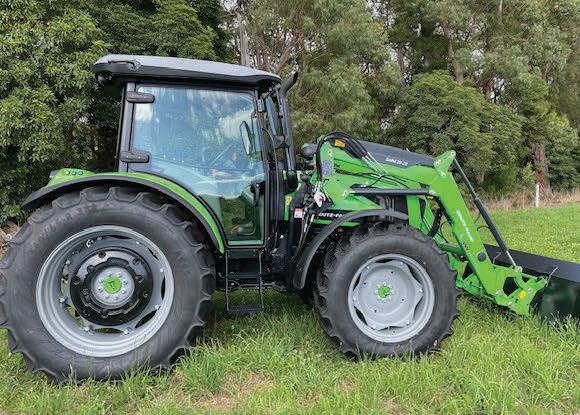
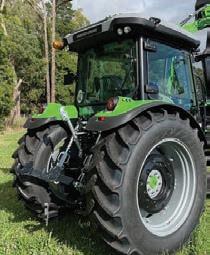
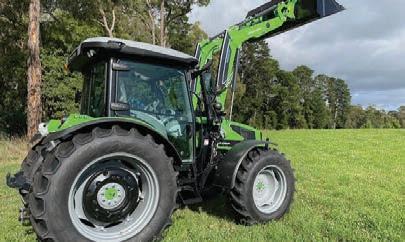
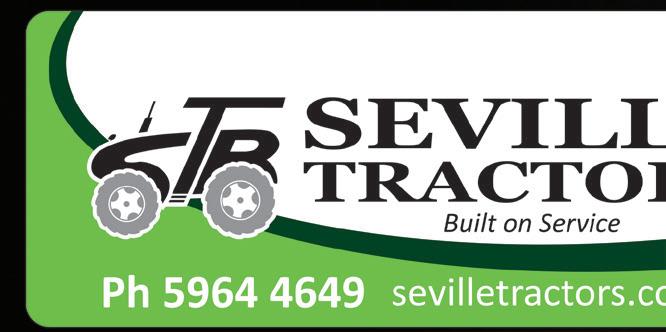



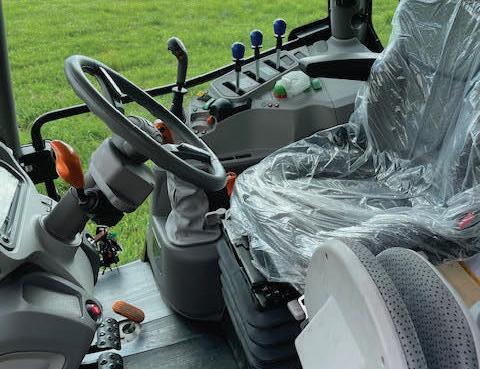




By KEITH SMILEY
LINDA Jay has a profound love for donkeys garnered over 53 years, creating in her a lifelong enthusiast, dedicated to the care, and promotion of donkeys in East Warburton.
Born in the Adelaide Hills, of parents who also shared her passion of this beloved of creatures, Linda has learned the art of breeding and training her donkeys, while providing the best opportunities for her herd.
According to Linda there is so much to learn about growing healthy donkeys and so much misinformation abounding about this sturdy animal.
Linda, of Iron Brook Donkeys is looking to correct this.
A font of information, her wholehearted and practical advice can only be good for donkeys and their owners.
“Donkeys are a feral animal and they prefer dry land,
so we compensate for what is an area of high rainfall.
“These donkeys live for forty to y years and contrary to depictions of donkeys as being stubborn or aggressive, they are calm, kind, with a level temperament, especially if your donkey loves you.
“Our breeding programs carry the right genetics like any other animal of good breeding,” said Linda.
Donkeys, Linda said, are more a ectionate than a horse and are a calming animal, to the point where studies have shown, that being around a donkey will slow down your heart rate.
“Donkeys are my love and passion,” she said.
“They have a character and charm – they are di erent and much easier on pasture than horses.
“I enjoy teaching others to improve their knowledge and recognise the donkey’s true value and how to care for them.”
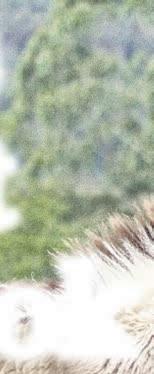

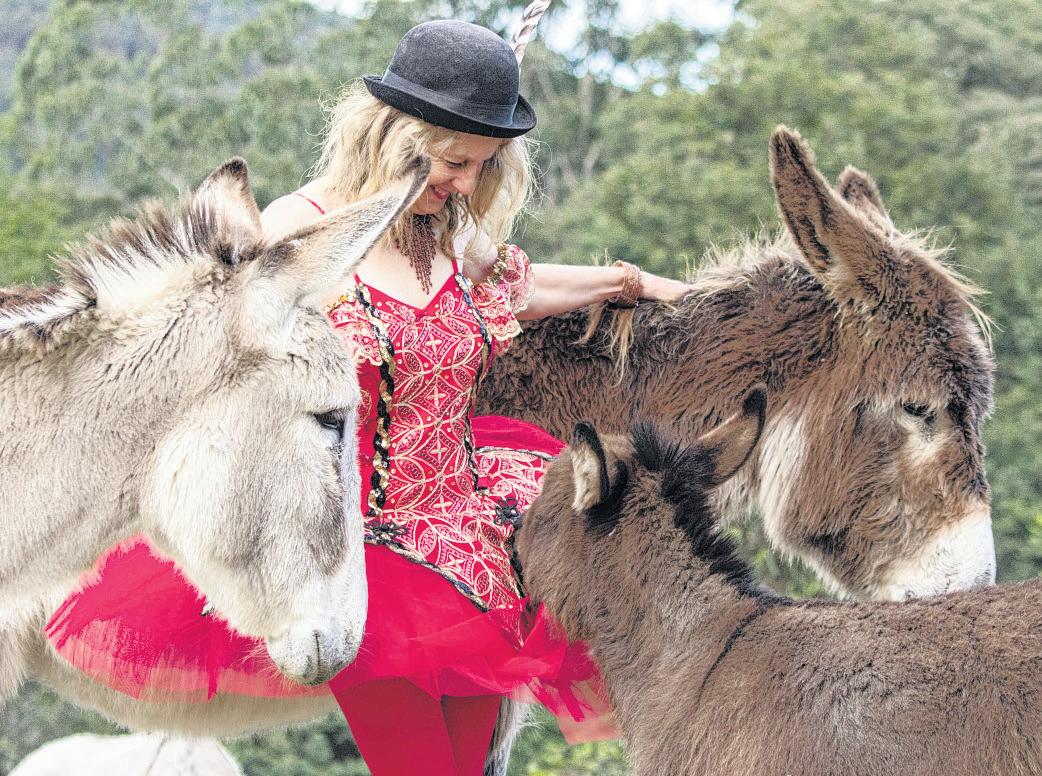
Back in the 70s donkeys were popular but interest in them waned.
In the last 15 years however they are growing in popularity again.
As a breeder Linda is cautious of people who overbreed, making sure she provides more than adequate training with young donkeys, in the ‘sense of their breeding’. Linda confesses not only
Crop yields have more than doubled
Land values have trebled
Owners have sold machines higher than purchased
her love for donkeys but her unswerving commitment to their welfare.
She is a bright, enthusiastic and a caring farmer who doesn’t like to be called a ‘donkey whisperer’ preferring to describe the relationship as an ‘exchange of love between them and with me’.
“People who haven’t spent the time, think donkeys are cantankerous, that’s why I

like to educate people about this superbly beautiful intelligent animal.
“If you ask them to do something new, they have a strong sense of self preservation, but even if they’re well trained, instinct will still cause them to freeze,” Linda explained.



Donkeys come in many varieties and each will have its own personality from the
Donkeys can also control a herd of sheep, braying in hot pursuit.

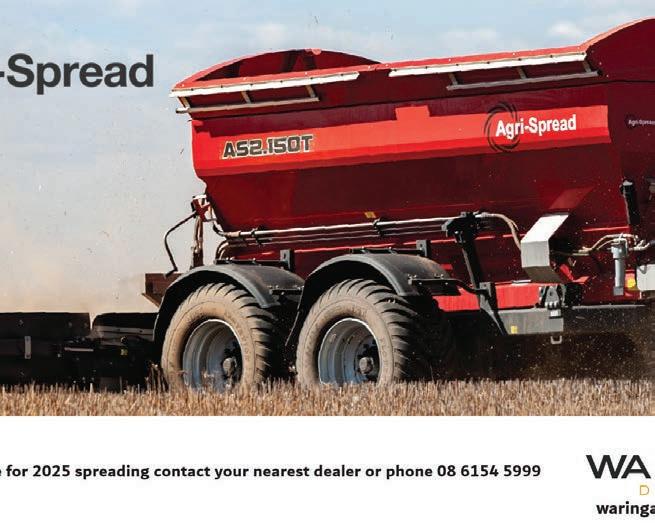
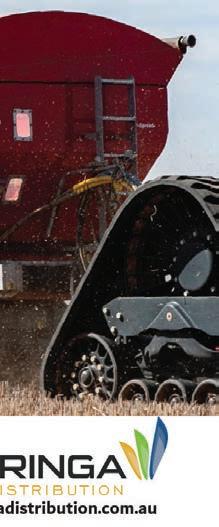


SHOWING AFFECTION:
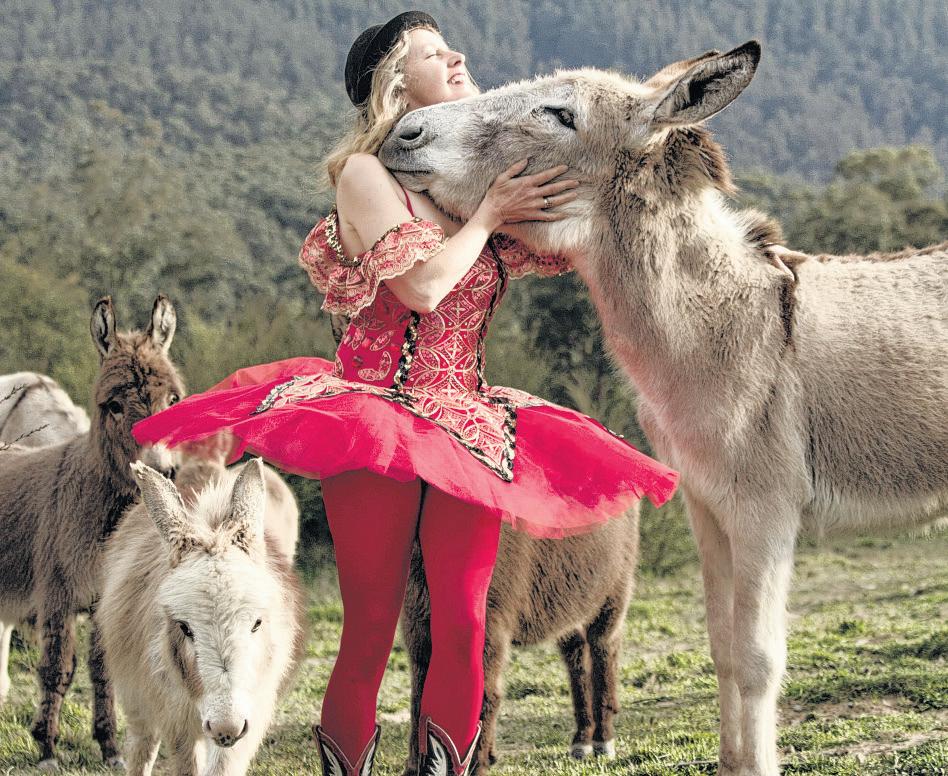
A relaxed tail indicates calmness, and a high-raised head could signify alertness or anxiety.
Jennies are much better to use as guard animals but geldings can be used if they have been raised with the cattle from an early age, and in pairs create harmony.
A jack will attack sheep if he gets frustrated so they need friends of at least two
donkeys to calm their excitement.
Being well-organised and at the ready, Linda nds time to prepare for the Australian Teamsters Jennies each year in January, at the Yarra Ranges Donkey Festival, which draws hundreds.
A fundraiser for the Donkey Society of Victoria, the January 12 event was unfortunately cancelled this year
with Linda - who is one of the organisers - concentrating her efforts on a 2026 return.
Teams of donkeys of yesteryear used to carry incredible loads across Australia before being released into the wild, when they were no longer of purpose; developing over generations in our deserts, to become their own breed.
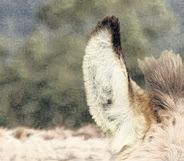


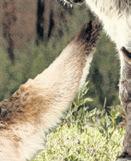

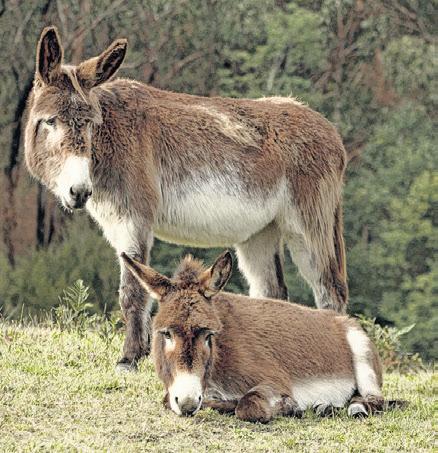
and nothing beats the great outdoors.
“We organise a blend of donkey lovers from miniature donkeys through to mammoth, to pack, ride, or walk with our donkeys.
“We all learn so much and it is a really fabulous experience.
“Breeding donkeys is not a highly pro table pastime, but having airbnb, camping tours, and the forest walks, add to my income.”
“By far the highest cost is buying hay bales but not any hay,” said Linda.
“Donkeys are browsers and need bark, branches and cut straw in their diet.
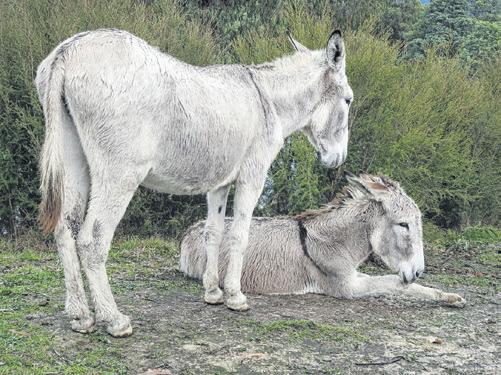
“I like to make people and animals happy; being in and around nature.
“I know what it is like to be under pressure and trauma but when I walk through the forest with the donkeys, either on a day trip or overnight, I feel contentment.”
Aside from her daily routine with donkeys, Linda has a donkey shop and has ventured into farm stays, of-
fering accommodation for an immersive experience, allowing people to stay amidst the donkeys and to enjoy the serene environment of the farm, complemented by overnight camps, an option developed by Linda, and bolstering the income of the farm.
Linda has signi cantly contributed to changing public perceptions of donkeys
“We have 18 donkeys who require heaps of training and visits from the vet, although donkeys are less susceptible to disease and heal quickly.
“The main problem is hoof care in a higher-than-average rainfall region.
“Donkeys need more protection in winter because they have a thinner coat than a horse.”
Iron Brook donkeys are microchipped to keep them safe, in case of bush re and the . The animals know a little more than a horse, with a larger brain, which makes them more alert and cautious.
When Linda is not cuddling a donkey, she is entertaining people as a musician but her deeper passion knows no bounds when it comes to her donkeys.
The charming creatures are a life’s work and pure joy for Linda Jay.
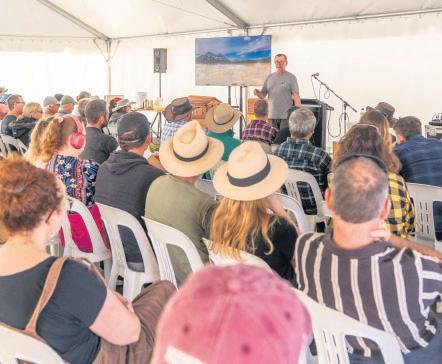














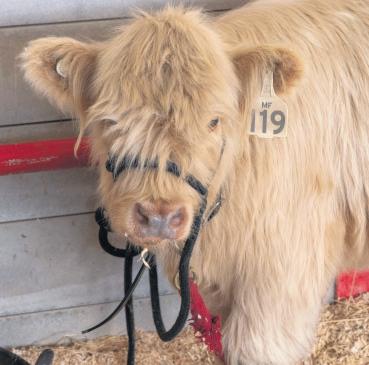






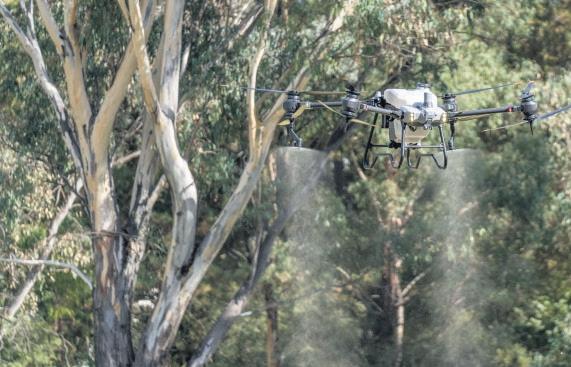




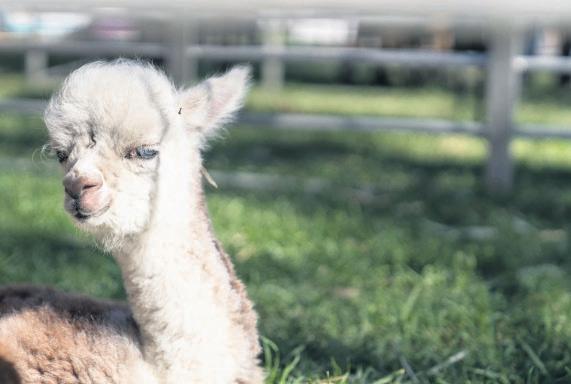

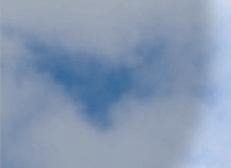

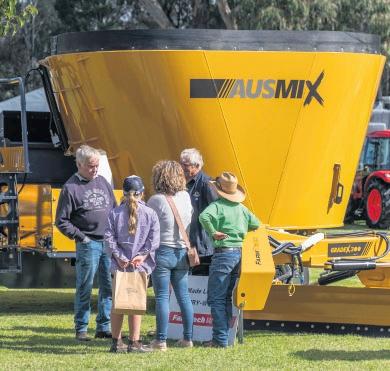
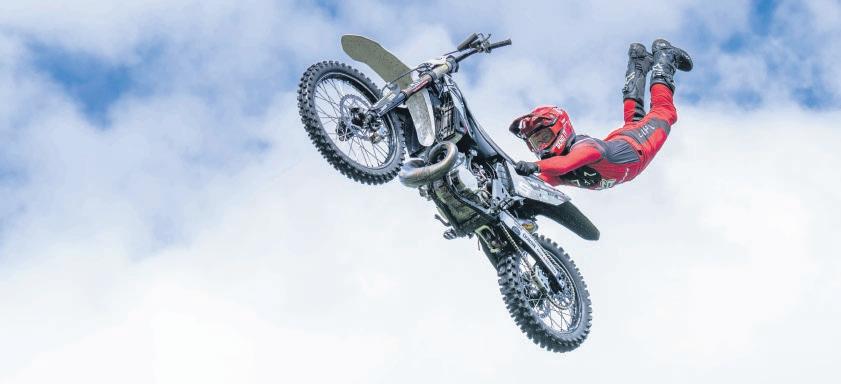










THE Mitchell Shire Council has implemented a new law in a proactive bid to combat the spread of invasive weeds across the region.
Compounded by recent favourable seasonal conditions, the issue was identi ed as a priority by local farmers and Mitchell’s local Landcare network, with community input driving the introduction of the new law.
The Local Law states “an owner or occupier of all land, must take all reasonable steps to control, reduce and manage regionally prohibited weeds, prevent the growth and spread of regionally controlled weeds, and prevent the spread as far as possible of pest animals”.
Under the Catchment and Land Protection Act 1994 which is enforced by the Department of Environment, Energy and Climate Action, landholders are already required to manage the spread of declared noxious weeds.
However at a local level this was not being addressed, and with gorse, blackberry, serrated tussock, Paterson’s curse and Chilean needle grass all prevalent in the shire, council decided to tackle the problem directly.
Under the law, council now

to weed management is to lead by example.”
An annual weed control program along council-managed roadsides and in environmental reserves is implemented by council each year and considered a priority.
“Council officers also collaborate with Landcare groups, Melbourne Water and the Goulburn Broken Catchment Management Authority on a number of weed control projects and initiatives,” Ms Agostino said.
“Council is committed to supporting landholders in managing invasive weeds and ensuring the protection of the local environment.
has the authority to enforce invasive weed removal from private properties.
“Engagement and education is always the rst step, followed by compliance,” said Mitchell Shire interim CEO Mary Agostino.
Council o cers implement the Local Law proactively and via reports made by the community.
Council’s land management o cer then works alongside the landholder providing support and guidance in developing a weed


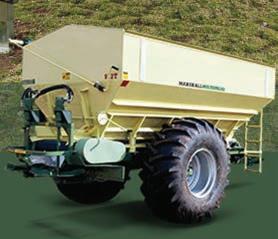
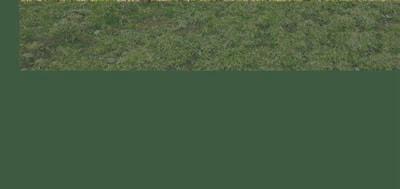
management plan, which o en involves collaboration with neighbours, other landholders and Landcare groups.
High priority areas are targeted with local knowledge, data, community feedback and regular inspections informing the process.
“Initial correspondence issued to landholders includes a weed management plan template (developed by council), aerial map of their property, a copy of the Central
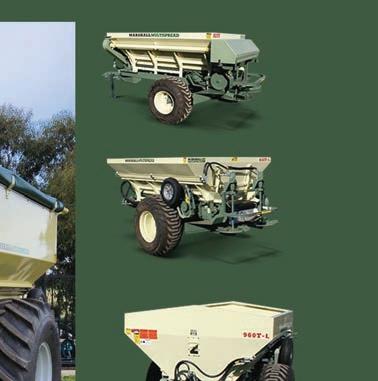
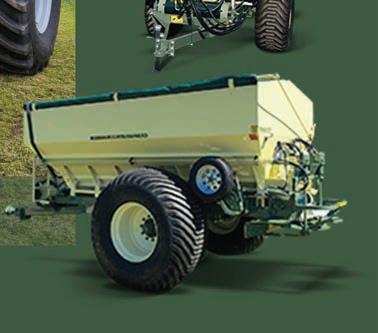
Victorian Weed Guide and notes regarding the weed species that needs to be Managed,” said Ms Agostino.
Landholders are required to complete the plan and then submit it.
If they fail to do so nor respond to a follow-up letter, or should the response not be satisfactory, the matter will be referred for action under council’s Local Law, which could result in a ne.
According to council, initial uptake and follow-up ac-
tion has been promising.
For the rst half of the current nancial year, just under three quarters of landholders issued with a letter responded positively and developed a weed management plan.
“These invasive weed species not only degrade biodiversity values they also disrupt agricultural operations, reducing productivity and property value,” Ms Agostino said.
“Another important component of council’s approach
“We encourage all landowners to take proactive steps in controlling weeds on their properties, helping to safeguard the region’s natural resources and agricultural value.”
Community members are also encouraged to report declared noxious weeds via the My Mitchell app or the Report it page on council’s website.
Any reports received are investigated and actioned.
For more information on weed management please contact Council on 5734 6200.
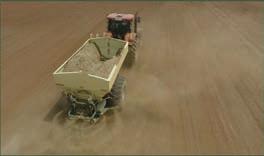












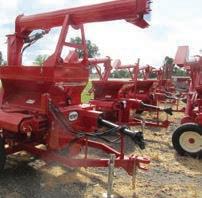

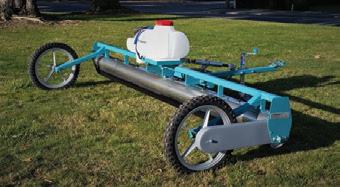

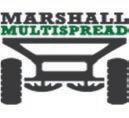
















• Solar or 240volt
• Heavy Duty,
12/13 seconds

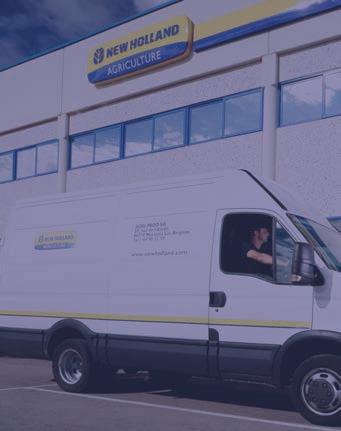


• Positive Gate Self-locking system. Gate cannot be pushed open when closed (single gates only).
• Switch on control box enables gate to remain open or automatically close
• 2 x 9Ah 12volt batteries which will open a gates for 2-3 weeks without sun/solar back up, depending on optional extras
• 20 watt of monocrystaline Solar panels, guaranteed for 10 years
• 2 x Remore controls for vehicles
~ Many other options including - Visitor buttons - Wireless or Hard wired - Wireless keypads
- Vehicle
- Remote
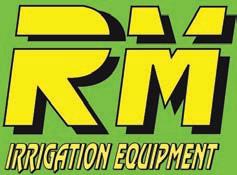


Kevin, with a small but dedicated team, focused on building strong relationships with local builders, farmers, and homeowners.
“We believed in treating everyone like family,” he said.
“It wasn’t just about selling steel; it was about building trust and providing exceptional service.”
Over the years, Nalinga Steel has faced its share of challenges – from devastating oods to the unexpected disruptions of the COVID-19 pandemic.
Yet, through it all, the company has persevered, adapting and innovating to remain a vital part of the local landscape.
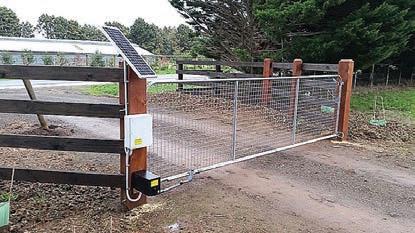
NESTLED on the Midland Highway in Nalinga, Victoria, stands a testament to unwavering dedication and a commitment to community: Nalinga Steel and Roo ng Supplies. Founded in 1985, this family-owned business has grown from humble beginnings – a backyard operation fueled by a single man’s vision – into a cornerstone of the building industry across rural Victoria and southern New South Wales.
This customer-centric approach, coupled with a commitment to quality and a willingness to go the extra mile, quickly set Nalinga Steel apart.



It all started with Kevin MacGibbon, a seasoned steel industry veteran who, a er years of experience, decided to strike out on his own.
“It was a leap of faith,” Kevin said, “but I believed in the potential of this region.
“There was a need for a reliable supplier who understood the unique challenges and opportunities of rural construction.”
And so, Nalinga Steel was born.
Those early days were lled with long hours and unwavering determination.
Word of mouth spread, and soon, the company was experiencing signi cant growth.
To keep pace with demand, Nalinga Steel invested in state-of-the-art equipment, including a high-capacity saw and a plasma cutter.
This allowed them to take on larger projects, o ering greater exibility and precision in their work.
“We wanted to be able to meet the needs of our customers, no matter how complex the project,” Kevin said.
Today, Nalinga Steel continues to thrive. With a team of experienced professionals and a commitment to providing the highest quality products and services, the company remains a trusted partner for builders and homeowners across the region.
More than just a steel supplier, Nalinga Steel is a reection of the community it serves.
As the company celebrates its 40th anniversary, one thing is certain: the legacy of Nalinga Steel will continue to shape the landscape of rural Victoria and southern New South Wales for generations to come.
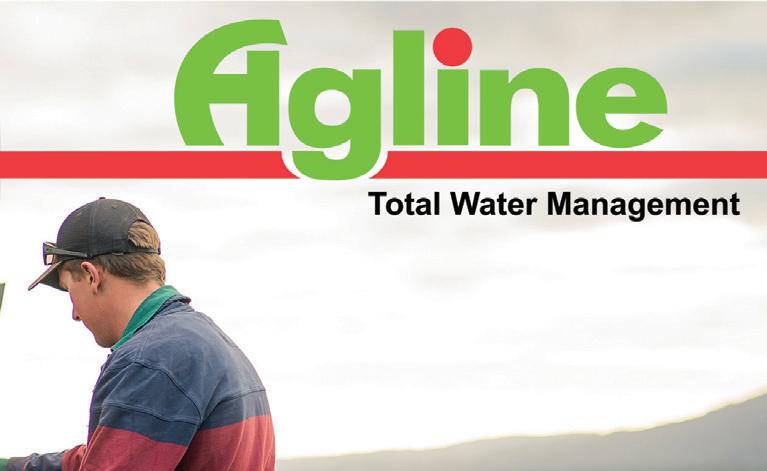



OPTIMISM and con dence continue to grow for Australian beef producers, with overall sentiment li ing signi cantly since 12 months ago, according to the latest Beef Producer Intentions Survey (BPIS) from Meat & Livestock Australia.
The survey is run three times a year by MLA with the latest survey just released and reporting on data collected between October and December 2024.
Positive industry sentiment has li ed to 47 per cent for this survey, compared to 11 per cent from 12 months earlier and 34 percent from April 2024.
The survey spoke to over 3400 grass-fed beef cattle producers and covers producer sentiment and intentions, herd pro le, breed demographics, sales channels, and expected sales for 2025.
“Producer sentiment has li ed across all states compared to last year,” Manager for Market Information at MLA, Stephen Bignell, said.
“For example, positive sentiment in Queensland has li ed to 59 points and New South Wales sentiment has also li ed to 51 points.
“Strong sentiment between states re ects the better
conditions and prices contributing to the improved outlook, leading to improved producer sentiment and intentions over the next 12 months.”
At the producer level, there is an overall intention to increase the on-farm grass-fed adult beef cattle herd in the next 12 months with:
45 per cent indicating they would increase their herd size
16 per cent indicating it would remain unchanged; and
39 per cent indicating they would decrease their herd size.
“This represents another li
in intentions from the last BPIS survey in April 2024 and from 12 months earlier,” Mr Bignell said.
“While the results do not indicate producers have all shi ed to a rebuild focus, there has been a noticeable shi away from herd reductions.”
When asked about their reasons for the expected increase in herd, producers cited restocking / rebuilding (36 per cent), expanding operations (30 per cent), expectations of good seasonal conditions (26 per cent) and expectations of strong market conditions (18 per cent) as their reasons.
When asked about their intended methods to increase their herd, producers cited the retention of more heifers than normal (53 per cent), the purchase of more steers (19 per cent) and purchase of more breeding heifers (13 per cent) as their top three approaches.
The Beef Producer Intentions Survey was designed by MLA to support the industry with reliable data and is used by MLA and the Australian Bureau of Statistics (ABS).
It is one of the inputs into the MLA beef industry forecasting models.
WITH cost of production on the rise and premium pricing to hit Meat Standards Australia (MSA) grids, it is essential for beef producers to incorporate proven science into their programs.
By utilising Estimated Breeding Values (EBVs) alone, Gippsland beef breeders could gain up to $10,000 in the working life of a bull by using Bowman Performance Genetics this year.
A seedstock producer should be providing valuable information, such as an Angus Breeding Index value - which calculates the genetic di erences between an animal’s net pro tability per cow joined, in a typical commercial self-replacing herd using Angus bulls.
Bowman Performance Genetics o ers a signi cant advantage in this eld, with up to $100 $ABI (Angus Breed Index Value) gain per bull, which equates to $50 per calf produced (half the index is contributed by the bull) or $10,000 in the average working life of a bull, assuming he produces 200 calves.
Stud principal, Glenn Bowman said, “We have seen signi cant advancement in our own 1200 female breeding herd over the last decade, by increasing Breedplan values. “Everything we do onfarm is about making things more e cient and increasing pro t.
“Every registered calf born has a TSU (Tissue Sampling Unit) DNA taken, which can reveal from a very early age, the lifetime breeding potential of that animal,” Mr Bowman said.
“Calving is a dream, with very few assists; growth rates are increasing, docility and carcass traits are improving, much of which can be put down to utilising simple selection tools such as EBVs.
“When processed through the laboratory, we nd that this science can sort the ‘wheat from the cha ’, so to speak.
forefront of cattle breeding.”
“Genomic evaluation is the most signi cant advancement to EBV analysis to date. It is imperative to utilise this data created, to increase pro tability and be at the
One of Gippsland’s leading beef nishers, Lindsay Marriott, who manages ‘Box Plains’, Tarwin Lower, is a big believer in incorporating EBVs, taking steers through the JBS farm-assured MSA grading system.
“We have seen a real dif-
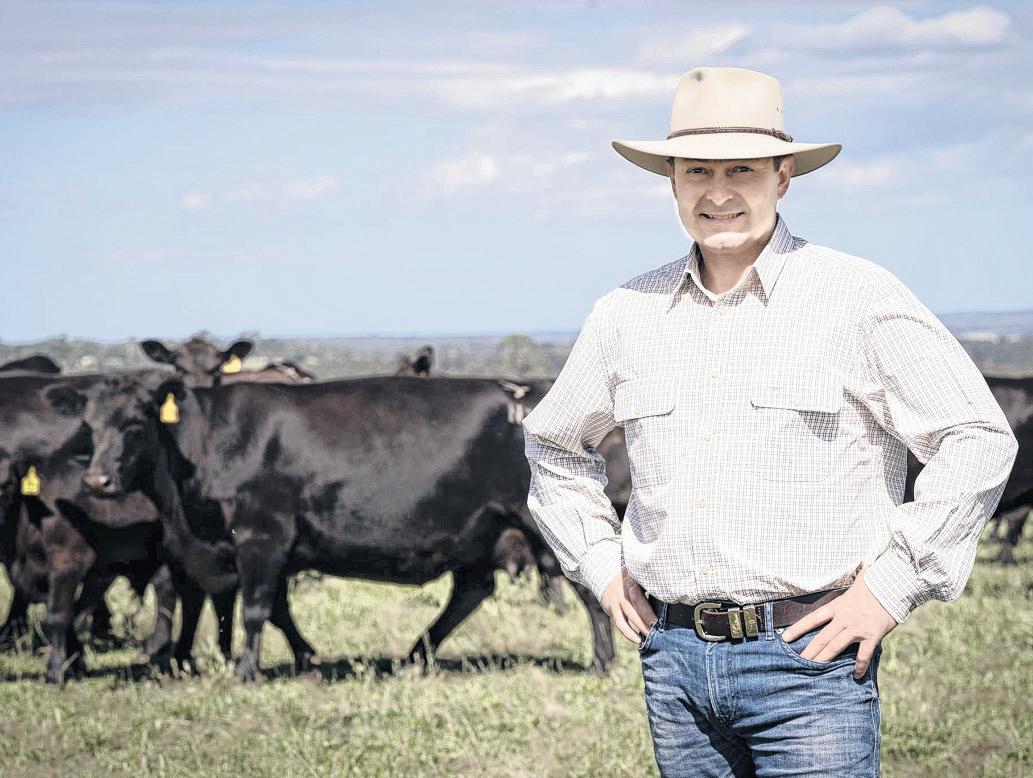
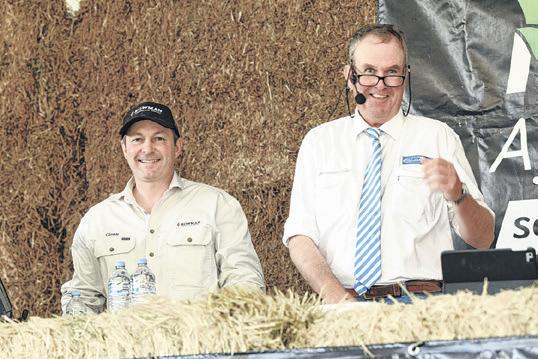



lows us to track daily weight gains of each individual animal.
“This is why we keep coming back purchasing Bowman cattle, as we have the knowledge, they not only have superior performance, but also grade at the top level.”
Mr. Bowman pointed out, it’s not all about choosing the highest gured animals, there is still a high level of cattlemanship involvedfrom structural assessment, natural carcass content, pedigree research and identifying female lines with doing ability.
ference in the cattle that come from EBV performance-focused herds to the point where we won’t buy replacement steers unless we know this background information,” he said.
“All our cattle are run through Kool Collect software program, which al-
“If we can engineer a bull that not only looks good, but has the proven science, you can have the best of both worlds,” Mr. Bowman said. To gain the Bowman advantage, be sure to check out the next bull sale Thursday March 13, 1pm at ‘Crystal Brook’ 100 Sawyer Road, Neerim South 3831.
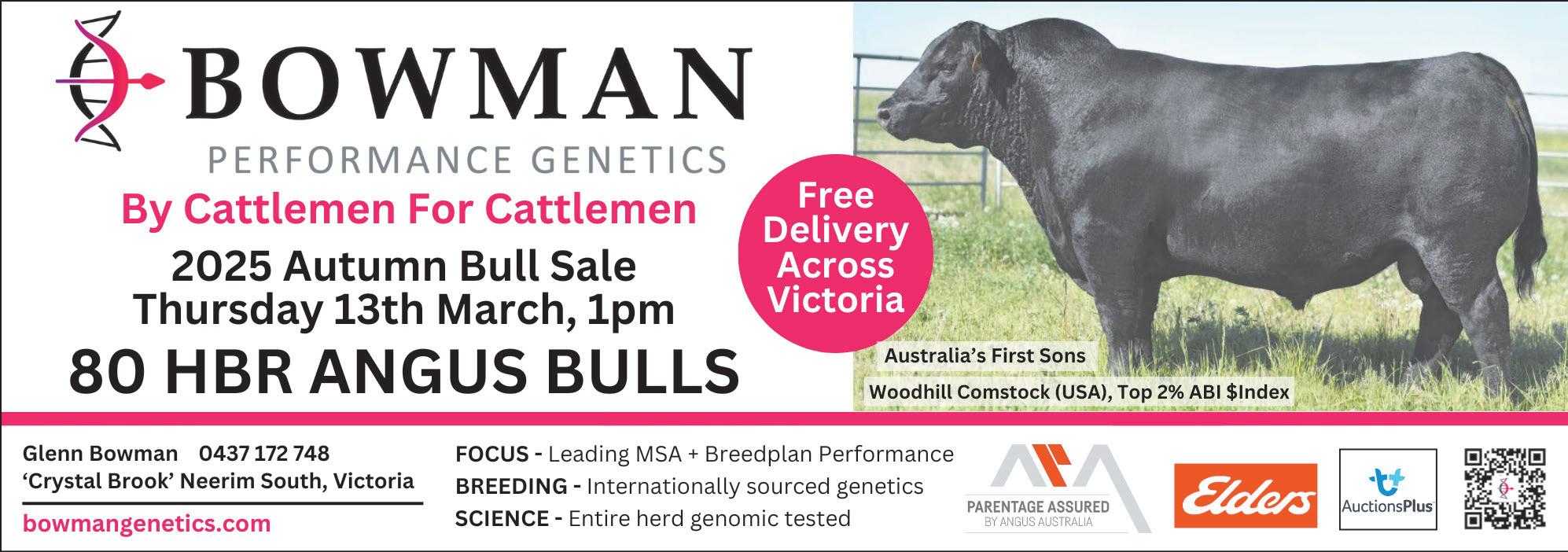




ALPINE Angus have been operating for over 27 years and sell around 200 bulls annually.
The 2025 Alpine Angus Autumn Bull Sale will be held on Wednesday March 12 at 1pm o ering 100 HBR and APR Angus Bulls.
Alpine Manager Chris Oswin said the Alpine Angus focus has always been on delivering sound, quality bulls that last, demonstrating excellent structure, strong growth and carcase traits.
“We do this by continually striving to maintain and develop our highly maternal cow herd,” he said.
“Cows that last and grow produce bulls that do the same”
Alpine Angus run around 700 cows mainly in the Alpine Valleys around Myrtleford as well as on agistment on the Hay plains at Narringa, south of Hay.
Alpine Principal Jim Delany attributes the stud’s success to their loyal clientele.
“We are fortunate to have had support from Ivone


Agencies locally and the many wonderful farming families who have showcased our genetics so well at weaner sales throughout the north east of Victoria and beyond,” he said.
In recent years Alpine Angus genetics have also been sought by studs throughout Australia.
Currently Alpine Angus is represented by industry AI sires Alpine Real Deal R163, Alpine Ronaldo R232 and Alpine 38 Special S021.
Alpine Angus Real Deal’s rst sons sold to $100,000 in 2024.
Alpine Angus o ers a great opportunity for commercial producers to access quality, well related genetics at affordable prices supported by a committed a er sales program.
Chris Oswin said the stud prioritises genetics that make money for commercial clients.
“The stud success is an added bonus,” he said. The 2025 Sale team is made up of large lines of quality
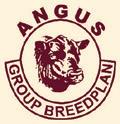





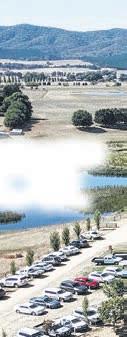



also feature in the 2025 Alpine sale line-up.
Taimate Roy is a NZ bred sire whose rst yearling sons sold extremely well at Millah Murrah and Milwillah in the Spring 2024.
Finally there will also be a run of ET bull calves including Paratrooper brothers to Real Deal and rst sons of Sitz Manor 3195, a USA cow Alpine Angus purchased at the Sitz female sale in 2022, who currently has a couple of sons marketed by AI companies in America.
bulls from leading industry and Alpine sires.
“Feature sires include Baldridge Goalkeeper, Baldridge Versatile and Alpine Real Deal,” said Oswin.
“All are big growth, high carcase attribute sires with moderate birth who produce well- eshed, quiet sons that have proven highly popular over the last 18 months with all three producing sons that have sold for $100,000.”
Carcase quality is further enhanced by a high quality run of Rennylea N542 de-



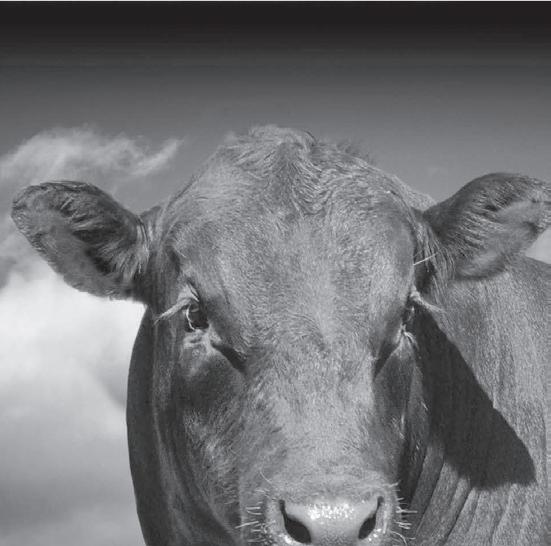

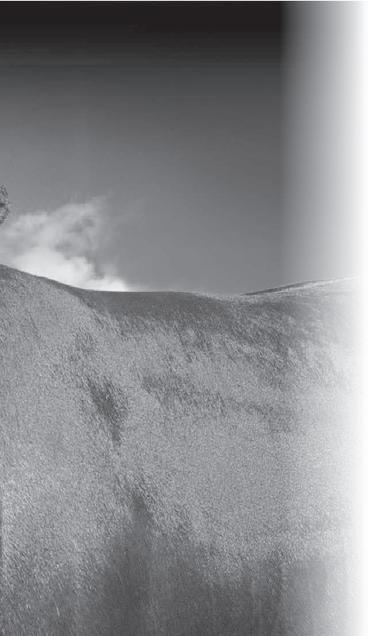


scendants, as well as Alpine’s rst sons by Te Mania Rainmaker R209.
“N542 is renown as an easy calving, high IMF sire and an outstanding sire of sires, producing numerous herd bulls including Real Deal and Ronaldo, from limited use by a few Angus studs,” Oswin said.
Sons of N542 and Real Deal are well represented in Alpine 2025 line up , as well as Alpine Rock Solid R289, a high selling N542 son from an outstanding ush that

also produced Ronaldo and Alpine Next Gen R272 (who is currently a stud sire for Dulverton Angus and Five Star Angus).
Te Mania Rainmaker R209 a new feature sire with sons in the 2025 Alpine sale was the second top priced bull at the Te Mania Walgett Sale and produces high IMF cattle, with very docile temperament, good frame and length.
Strong bodied Taimate Roy sons with good heads and true Angus attributes will


The 2025 Beef Week display at the Alpine Angus Sales Complex , Rosewhite on Tuesday February 4 will include a selection of the 2025 Alpine Autumn Bull Sale line-up as well as a selection of ET calves and Alpine’s leading Angus cows, including relations of Alpine Real Deal, Alpine 38 Special S021 and Alpine Rock Solid.
Open from 9am to 3.30 pm, refeshments and a beef lunch will be also be available.
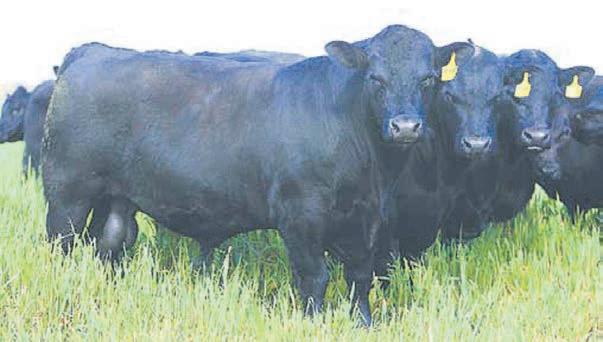


EMBARKING on a new path in 2025, Riddellvue Angus will continue its commitment to breeding genuine, hard-working bulls and elite outcross females out of a small spring herd.
This February the stud is o ering a unique opportunity for beef breeders to secure top-tier foundation females at the stage two Autumn Herd Dispersal Sale on Friday February 7 from 1pm, on-property in Markwood and online with AuctionsPlus.
Showcasing an exceptional line-up of elite outcross genetics that will t into any program, the female group includes 100 premium PTIC cows; M-N-P-Q-R-S-T including 30 spring joined U heifers plus an additional 30 autumn V heifers.
“I have always trusted my gut when selecting sires to use and never got hung up on numbers but have been mindful this is what the industry is looking for’, said Ian Bates, Riddellvue stud principal.
“I’m really proud of this elite line of females we are putting up at the February auction.”
Then on Thursday March 13, around 30 high calibre 18-month-old bulls will be o ered at the annual autumn bull sale.

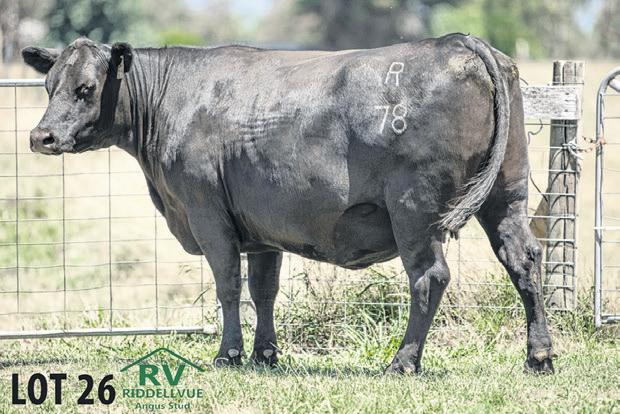

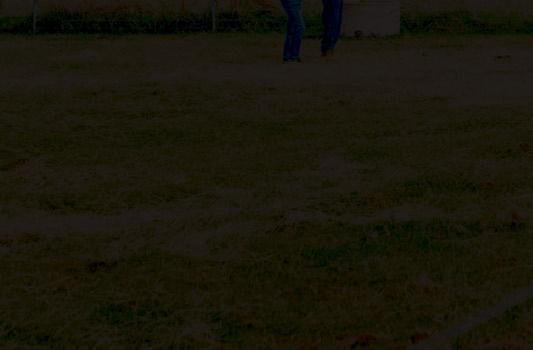

“There is a bull in the catalogue to suit all types of beef breeders, and we take pride in breeding cattle that meet the needs of commercial producers,” he said.
Mr Bates said the sale will feature a dra of structurally sound, high-performing sires bred for calving ease, fertility and temperament.
“Both the females and bulls up for auction represent years of careful selection based on structural soundness, fertility and outcross genetics.
“They will t seamlessly into any program, o ering
proven performance and longevity.”
The females only will be on display during the stud’s Beef Week Open Day on Tuesday February 4 and are also available to view by private inspection prior to the
February 7 auction.
“Buyers can expect full DNA genomic pro les and a supplementary sheet detailing pregnancy status on all females available at Beef Week,” said Mr Bates. There will be a pre-sale inspection day for the bulls with the date to be announced closer to the March sale.
For more information, visit www.riddellvue.com.au or follow Riddellvue Angus on Facebook and Instagram.
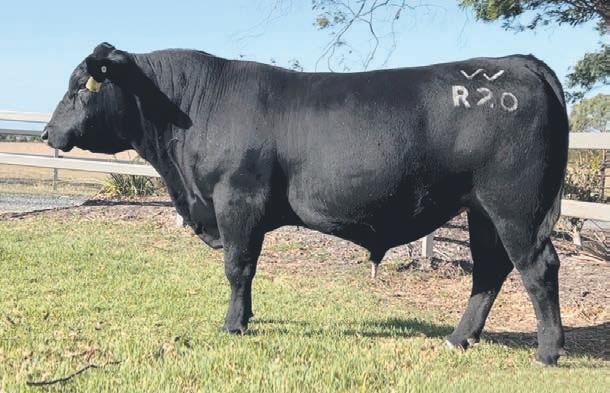
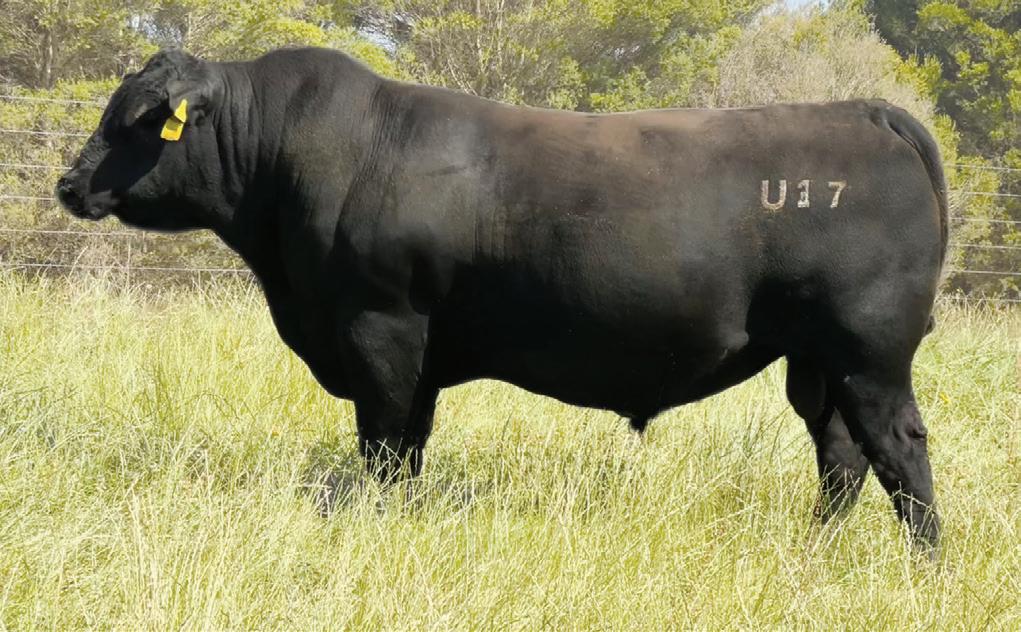
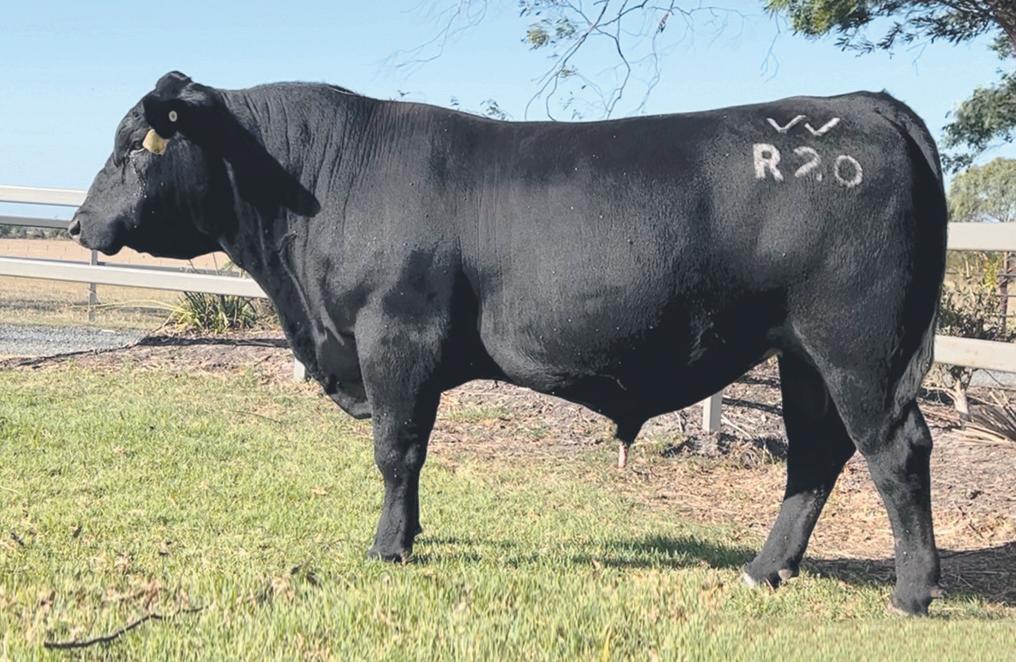
Lot 2 Wattlewood Undeterred U17 -

Herd Book Registered Semen
multiple indexes
Top 3% of the Angus breed or better for 8 traits!
✓ Herd Book Registered ✓ Semen Tested ✓ Sire Verified
✓ HD50K Genotyped ✓ P.I. Negative
✓ Zoetis Star Breeder (vacc. 7in1, Pestiegard, Vibrovax)
✓ Zoetis Star Breeder (vacc. 7in1, Pestiegard, Vibrovax) ✓ Free of Known Genetic Defects (by pedigree or testing)
✓ Free of Known Genetic Defects (by pedigree or testing) Lot 3 Wattlewood Rebound R20Top 2% of the Angus breed for multiple indexes
Inaugural Bull and Production Sale: Wednesday 16th March, 2022 at 4pm.
Inaugural Bull and Production Sale: Wednesday 16th March, 2022 at 4pm.
Address: ‘Wattlewood’ 75 Heads Road, Lang Lang 3984
Address: ‘Wattlewood’ 75 Heads Road, Lang Lang 3984



Fiona & John Glover: 0416 216 951 www.wattlewoodstud.com.au
Fiona & John Glover: 0416 216 951 www.wattlewoodstud.com.au




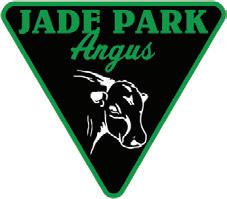
AT THE Warrnambool Magistrates’ Court recently, livestock agent Andrew Wilson pleaded guilty to four charges for traceability offences under the Livestock Disease Control Regulations 2017.
Mr Wilson was sentenced to an aggregate fine of $2,500 with conviction.
Plus, an order for costs of $341.79 was also given.
Agriculture Victoria Compliance Manager, Daniel Bode, said on four occasions in October and November 2023, Mr Wilson sent cattle to an abattoir in Tongala, Victoria without recording or forwarding the property identification code prior to their dispatch.
“This resulted in the loss of lifetime traceability for a total of 61 animals.”
The magistrate considered Mr Wilson’s prior convictions for related offending in 2017 and 2021, his plea of guilty and actions taken to prevent further offending.
The magistrate also commented that the offending had consequences of significance and general deterrence was necessary to send a message.
Mr Bode said the National Livestock Identification System (NLIS) is Australia’s system for identifying and tracking cattle, buffalo and bison for disease control, food safety and market access purposes.
“An effective traceability system is critical to protecting Victoria from biosecurity risks and ensuring access to international markets,” Mr Bode said.
“The NLIS provides information about a product’s journey from farm to the end consumer and enables prompt responses to food safety incidents, emergency animal diseases and also protects the reputation of Victoria’s livestock industry as a supplier of quality meat and dairy products for domestic and export markets.”
Mr Bode said the detection of the offending and thorough investigation conducted by the department has ensured potential risks to Victorian livestock and consumers were avoided.
“The outcome of the matters brought before the court served as a strong reminder the Victorian community takes biosecurity seriously.
“The vast majority of Victorian producers do an excellent job helping to ensure a strong biosecurity system is maintained.
“A strong biosecurity system not only protects our agriculture sector, but also our environment, biodiversity, cultural heritage, economy and way of life.”
For more information on NLIS, including training on how to use the system, please visit www. agriculture.vic.gov.au/nlis.
Anyone wishing to make a specific complaint in regard to livestock welfare or traceability breaches can contact Agriculture Victoria on 136 186 or aw.complaint@agriculture.vic.gov.au.
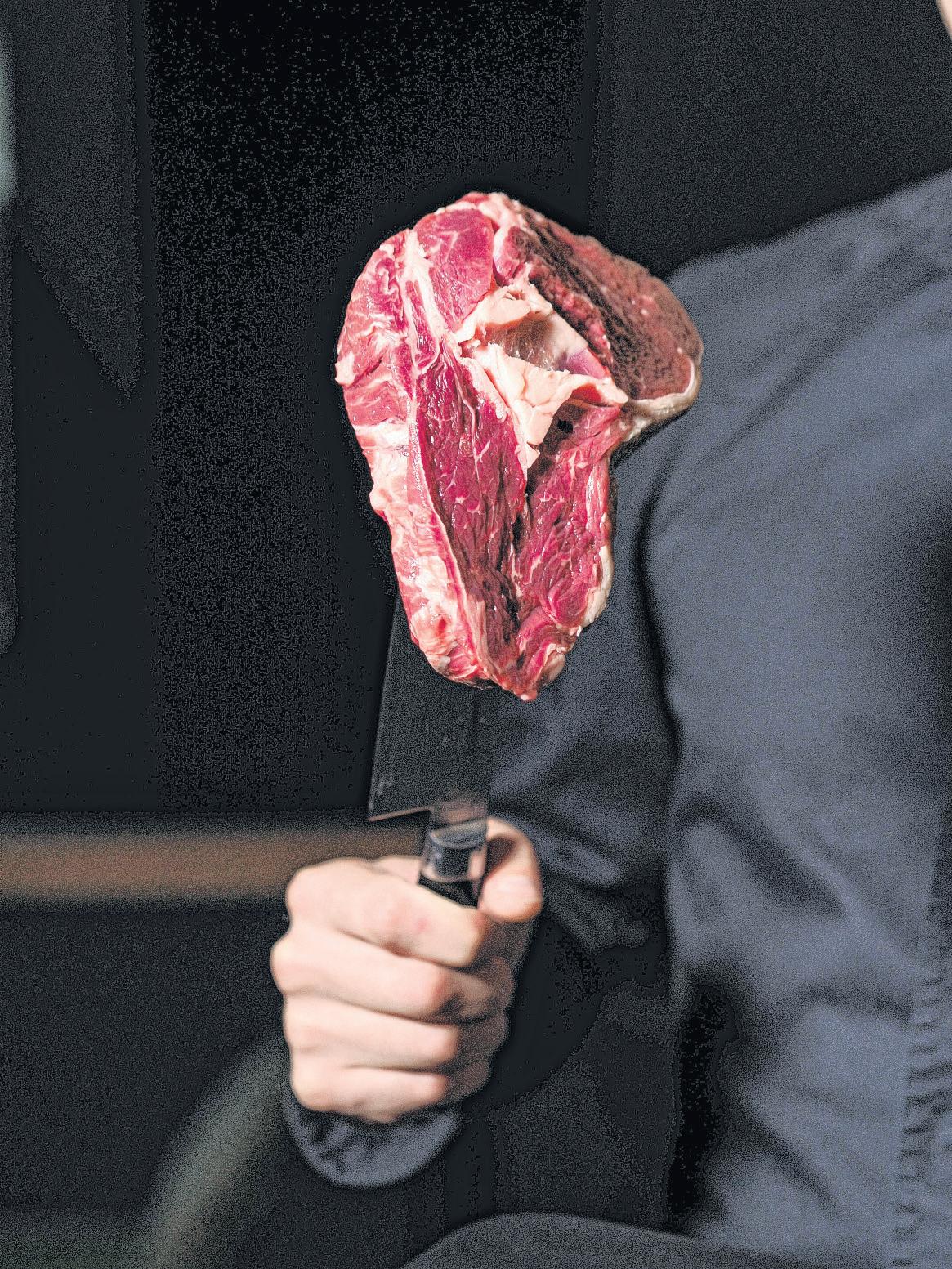
CATTLE Australia (CA) has slammed proposed regulations for lab-grown fake foods for their lack of clear labelling requirements and de ance of the recommendations of a Federal Senate inquiry.
Food Standards Australia New Zealand (FSANZ) has been undertaking public consultation in response to a proposal to permit the use of cultured quail cells as a novel food.
CA says the regulations proposed by FSANZ provide no reassurance that labgrown proteins are safe for consumers and the environment, or that the labelling requirements will avoid mislead consumers.
“Lab-grown proteins must be held to the same food safety, environmental and labelling standards as real products like beef,”
CA Chief Executive Dr Chris Parker said.
“The processes and ingredients used to produce these products are o en ‘commercial in con dence’ so it is very unclear what is actually in this stu .
“The FSANZ framework fails to provide the detail consumers and industry are looking for as to how fake foods will be labelled, which goes against the recommendations of the 2022 Senate Rural and Regional A airs Committee inquiry.
“If the pathway set out by FSANZ is followed, novel foods may only have to be described as ‘cell-cultured’ or ‘cell-cultivated’, which doesn’t adequately describe to consumers that they are in fact eating fake meat.”
CA has argued that minimum labelling standards for plant-based or lab-grown proteins should prohibit any reference to animal food products, including the words meat, beef, lamb and goat.
“We strongly believe that the use of livestock images on plant or synthetic protein packaging or marketing materials should also be outlawed as it is a deliberate deception of consumers designed to dupe them into believing they are eating something that they are not,” Dr Parker said.
“The use of the word beef and images of cattle on fake foods has been proven to be confusing to consumers, and actually weakens the value of the real thing.
“Beef should be de ned in law as only including products derived from actual livestock raised by cattle producers.”

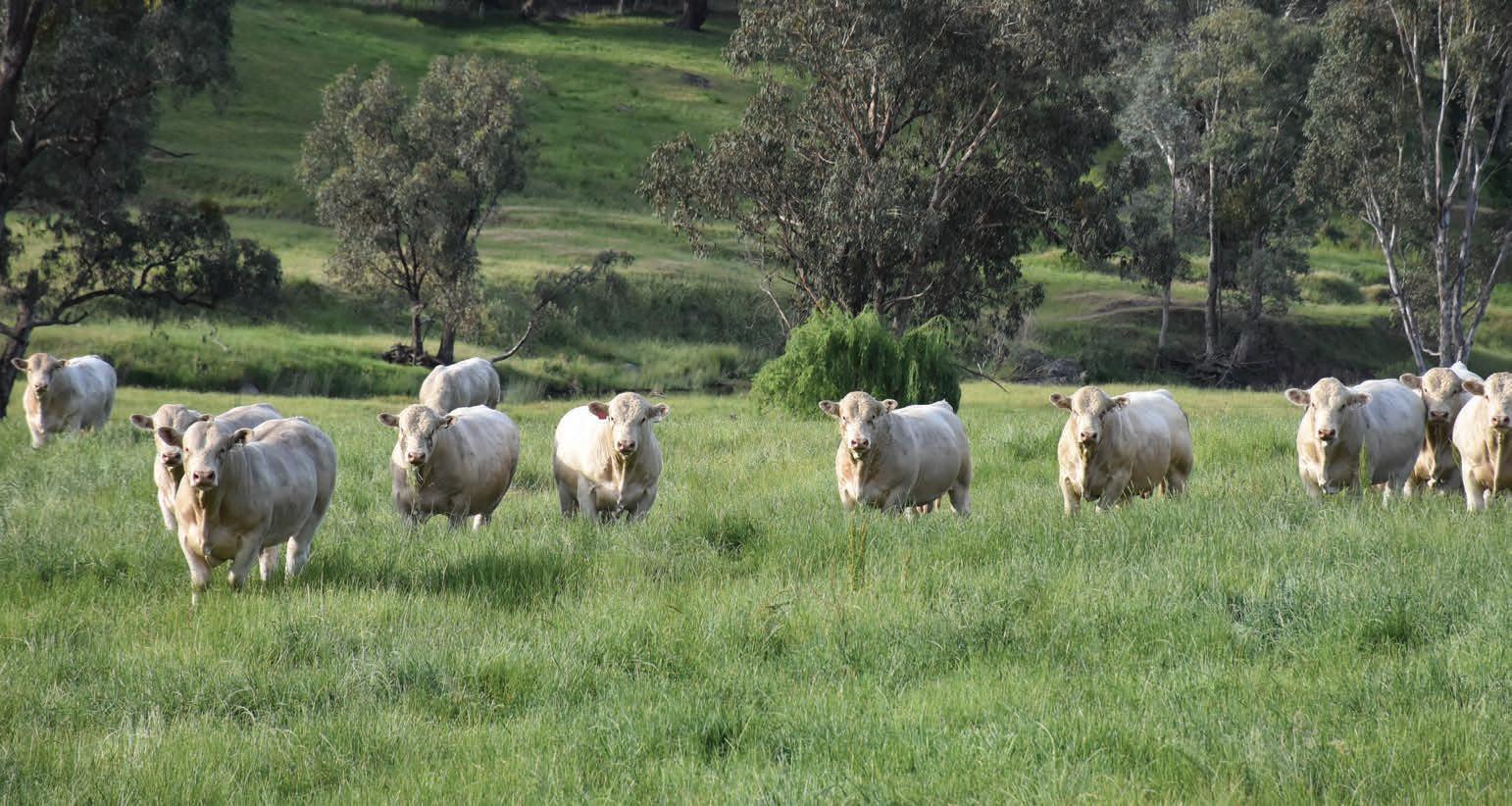


VIRTUAL fencing is shaping up to be the next big thing in livestock management, according to a researcher who will present her ndings at the Koroit Agricultural Field Day on February 22.
Senior researcher for the Tasmania Institute of Agriculture, Dr Megan Verdon, says momentum for virtual fencing is growing in Victoria but its use is prevented by historic legislation.
Virtual fencing is allowed in Tasmania where more than 20 per cent of farms now use the technology.
“The rules were put in place before anyone thought we could use electrical stimulus to manage cattle,” Dr Verdon said.
“Now we have this new technology but the laws in some states need to be changed to allow it.”
Dr Verdon is being sponsored by the DemoDAIRY Foundation to speak at the eld day to regional farmers along with the Southwest Showcase of Dairy Innovation on February 24 to 25.
She has been researching virtual fencing for more than eight years but says it’s not her role to promote the technology.
“The uptake in Tasmania has been amazing and there is a lot of interest around Australia, but my role is to

provide data about the bene ts or challenges and then leave it up to individual farmers whether or not it’s suited to their system,” she said.
“It’s the same with the legislators – I’m focussed on providing the data to help them make decisions.”
Her research shows the technology works and the animals are adjusting well to the di erent management system.
“Our research shows that
it’s not having a negative impact on their welfare,” Dr Verdon said.
Current research is seeking to quantify the bene ts of virtual fencing.
“Some bene ts are really clear, such as more precise pasture allocation and nutrition for animals, better land management, protecting waterways and pasture utilisation,” Dr Verdon said.
“The technology also has

behaviour monitoring abilities with alerts of any abnormal behaviour which could be an early indicator of illness or injury.”
Research with farmers has found it can make a profound di erence in their lives by freeing up time for more high-value tasks.
“We’ve had farmers say they’ve gone on holidays for the first time because they can trust this technol-
ogy,” Dr Verdon said.
Dr Verdon said she believed “virtual fencing is probably the next revolution in how we manage our grazing livestock”.
“I believe it can o er signi cant advantages in terms of our environmental management, animal monitoring, and in people’s lives.
“But to ensure we achieve all those bene ts from the technology, we have to make
sure it meets societal perceptions and that it’s used in a way that works with the animal.”
Dr Verdon has been involved with several di erent research projects, including how the technology works and how animals interact with it, bene ts for pastures, labour and cow health and novel applications of the technology.
Her presentation will also cover her research into the use of cow wearables, including collars, ear tags and stomach boluses, to assist herd management.
Innovation technical presentations and workshops will run through the day at the Koroit Agricultural Field Day on February 22 with a series of presentations/workshops in the basketball stadium.
DemoDAIRY Foundation is assisting with this activity.
On Sunday February 23, DemoDAIRY Foundation will host Dr Verdon at a session for farmers east of Warrnambool on both cow wearables and virtual fencing with the time and venue to be conrmed.
She will also present at the Southwest Showcase of Dairy Innovation hosted by Food and Fibre Great South Coast at Deakin University on February 24 to 25.


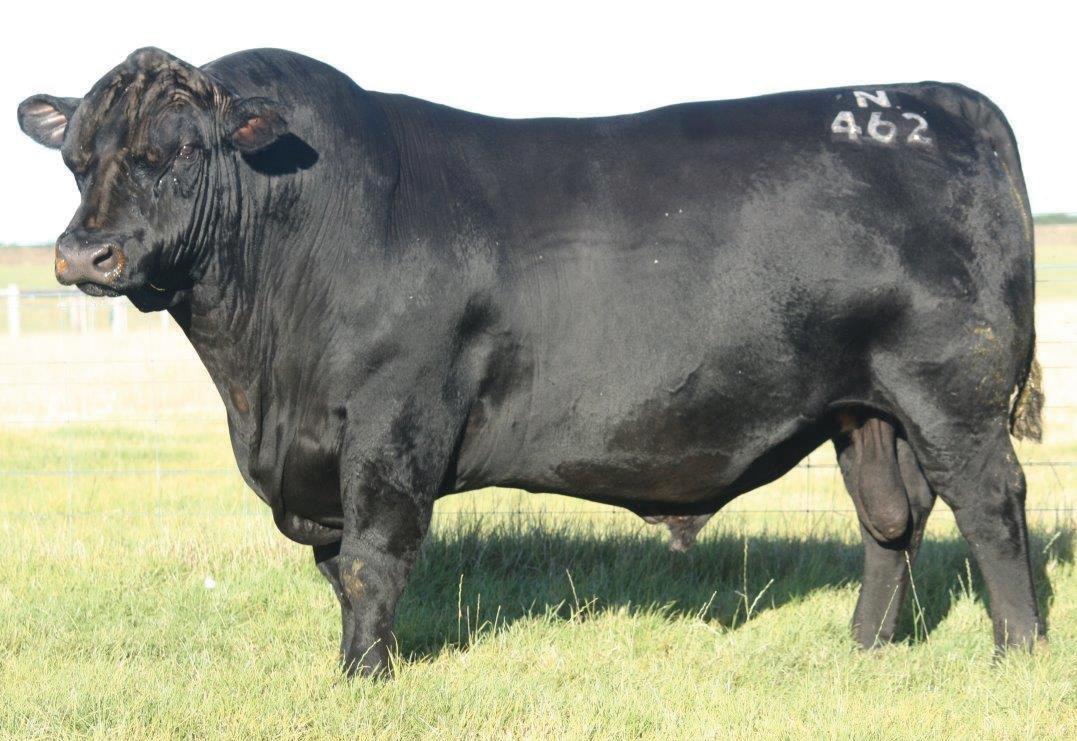




THERE’S been plenty of global fanfare about LiuGong’s wide range of electrically-powered equipment and several machines are already rolling in the Australian market with strong appeal.
LiuGong was one of the rst equipment companies to identify the potential of the battery electric vehicle (BEV) for the construction, civil and agriculture industries and has invested more than $100 million in research, development and machine testing over the past eight years.
There are nine product areas in total, from aerial access equipment to heavy-weight excavators and wheel loaders, and a sign of LiuGong’s con dence in the range is the company’s o ering of ve-year/10,000-hour warranties with the machines, covering batteries, motors and controllers.
James Lipman, from the LiuGong distributor in Australia, said signi cantly reduced energy and maintenance costs compared with operating diesel machines, as well as reduced carbon emissions, was quickly attracting the interest of numerous companies and operators around the country.
“Companies can now buy a machine to help hit their corporate responsibility and sustainability targets, as well as their cost of ownership targets,” James said.
“They recognise they can pay signi cantly less in cost over ve years whilst still taking advantage of all the bene ts.”
LiuGong data from more than 200 customers has shown that BEVs reduce ve-year operational costs by up to 70 per cent and maintenance costs by up to 50 per cent.
A mid-size wheel loader




LiuGong’s 24.1t electric 922FE excavator can store 423 kilowatthours and the machine provides digging breakout force of 105 kilonewtons.


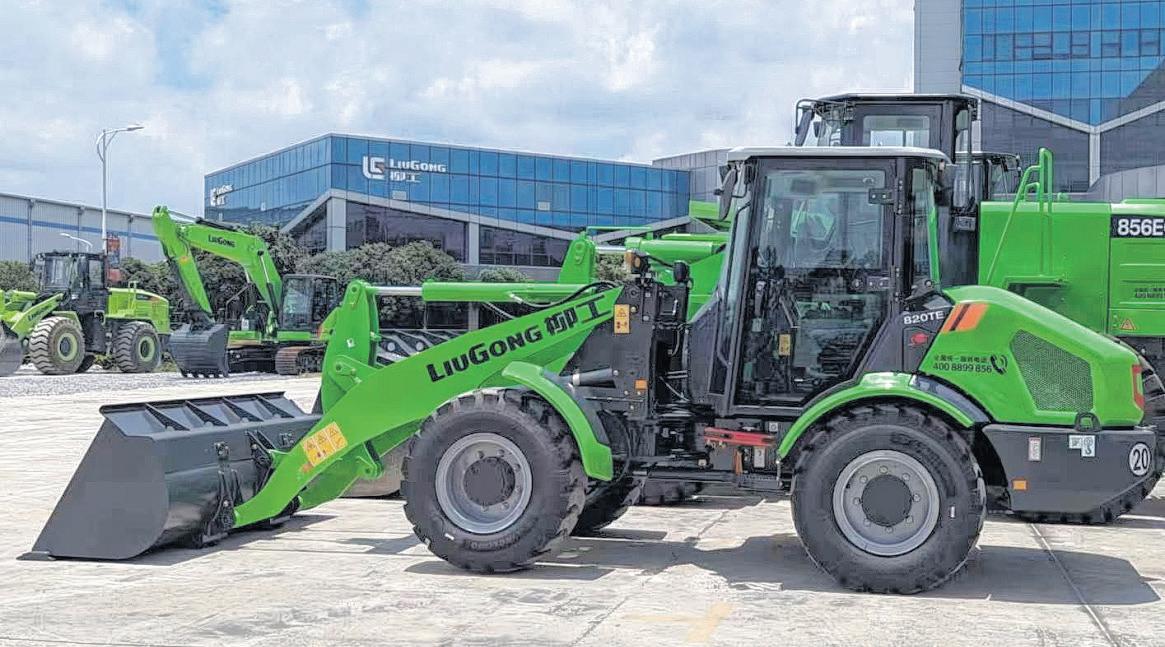
BENEFITS: The smaller 820TE LiuGong electric wheel loader o ers an extremely quiet, energy-saving and environmentally friendly solution. It can store 70.5 kilowatt-hours and caters up to a 2t load in its 1.2m3 bucket.
comparison indicated fuel and maintenance savings of $210,000 over ve years, as well as emission savings of more than 330 tonnes, which was signi cantly more than the emissions produced by the diesel machine and, hence, would be available for o setting other emissions.
A range of LiuGong electric machines already are successfully operating in Australia, from mine sites in WA’s Pilbara region through to manufacturing plants in Victoria, including the 922FE excavator and wheel loaders at either end of the size spectrum, the 6.4t 820TE and the 20.6t 856HE.
The 24.1t excavator’s largecapacity lithium iron phosphate battery can store 423 kilowatt-hours (kWh) and the machine provides digging breakout force of 105 kilone-
wtons (kN).
Its permanent magnet synchronous motor o ers 165 kilowatt (kW) of power, equivalent to more than 220 horsepower, and the excavator comes with a 1m3 bucket.
The fully electronicallycontrolled hydraulic system with the 922FE also provides pure electric drive for easy control.
Around the world and including in Australia, there are more than 6000 electric wheel loaders already operating in the eld.
The small, 60kW 820TE o ers an extremely quiet, energy-saving and environmentally friendly solution.
It can store 70.5kWh and caters up to a 2t load in its 1.2m3 bucket, while operators can easily adjust the traction force and vehicle driving speed.
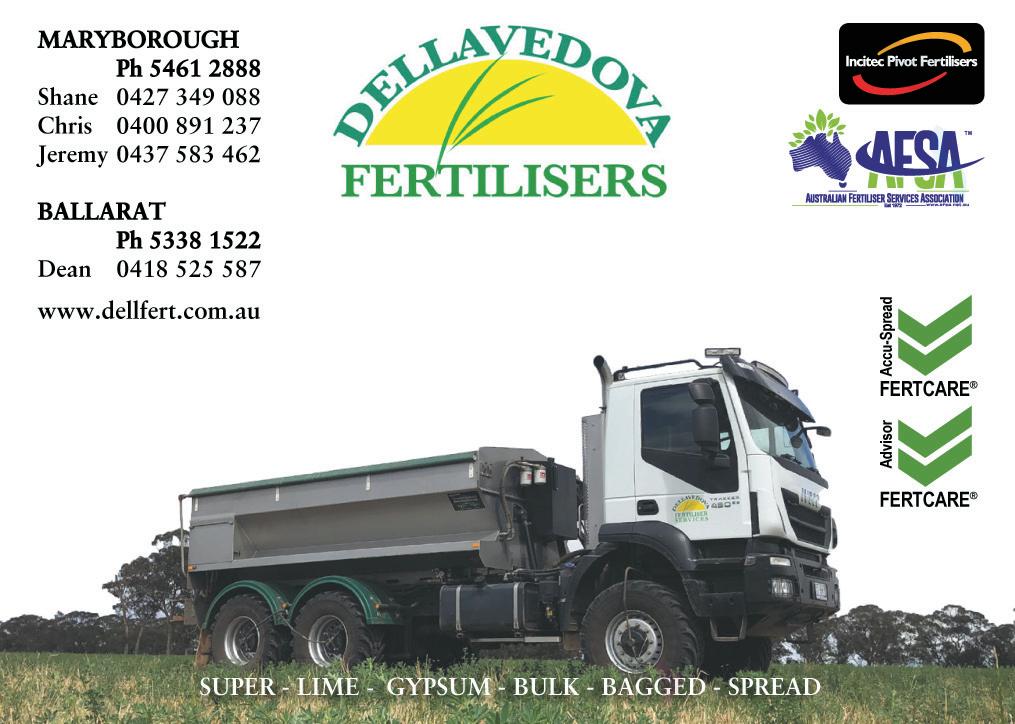
The bigger 856HE steps up the load capacity to 5.8t with a 3.5m3 bucket.
Worldwide testing with the 856HE demonstrated it was able to work up to 14 hours a shi before requiring recharge, proving more than adequate for customer needs,
James said the electric transmissions improve transmission e ciency and reduce noise for smooth shi ing, while operators also enjoy a signi cantly higher comfort level in the machines compared with a constantly running diesel engine.
Electric power delivers a quieter operating environment with reduced vibrations, creating a less stressful working atmosphere for operators.
The elimination of exhaust
fumes also improves overall air quality, enhancing operator health and well-being.
Holcim, a global leader in innovative and sustainable building materials, has commenced a strong relationship with LiuGong Australia for its electric machines a er initially trialing an electric wheel loader in Victoria.
Its Australian operations include quarries, batching plants, manufacturing and corporate o ces.
Holcim Operations Manager for Gippsland East, Michael (Mick) Radford, said the company was committed to decarbonising its operations on the journey towards net-zero emissions.
“The use of zero-emission vehicles like the LiuGong wheel loader aligns with our roadmap, bringing us closer to achieving our goals,” he said.
pressed.
“It performed better than we all expected,” Mick said.
“The loader could work long hours between charges and could keep up with the production, which meant it didn’t have to stop in the middle of the day to charge up.
“That means the charging time is less, so the cost is less.
“Electric machines, unlike diesel ones, also only need to be serviced every thousand hours, so the maintenance cost is much lower.
“And you haven’t got things like oil lter changes and labour time to worry about.”
Mick was also pleased with the design that enables hydraulics to be programmed via so ware to make them harsher or so er.
“So we can make adjustments like the speed of the machine,” he said.
Mick was also particularly pleased with the service aspect of LiuGong.
“When we rst bought the LiuGong equipment, the team spent a lot of time with us, checking that all was good and coping with any problems that arose,” he said.
“A er a couple of months, you’d think that this level of service would fade away, but not so … I’d still be getting phone calls every couple of weeks checking on any issues.
“The level of support is outstanding.”
Industry operators interested in further information or viewing a demonstration of the LiuGong electric range can contact James Lipman (QLD, NSW and VIC) on 0475 901 639 and Johnny Inferrera (WA and SA) on 0429 904 870. And there were other fea-
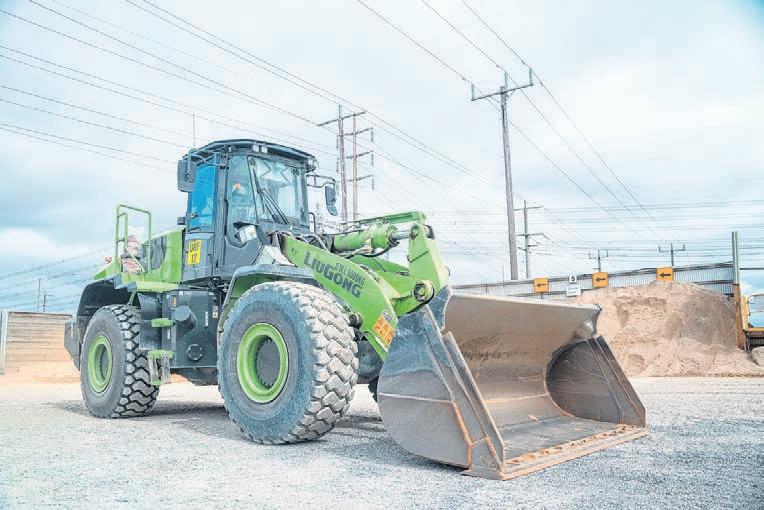


COMMUNITY GROUPS
EVERYWHERE BENEFIT FROM NATION’S STRANGEST RACE MEET
By ANDY WILSON
WHAT started notoriously with a headlock in a carpark between mates was an idea for fundraising that continues to ourish for Avenel stalwart Martin White.
During a progressive tea celebration for the Avenel Swans football and netball club 15 years ago, the former 1980s player was scru ed by then player Joey Pollock.
“I was trying to clean up and Joey was dragging the chain so I had to get him out onto the bus,” Martin said.
“Then Joey got me in a headlock and said ‘listen, we have yabby races at cricket during the summer, what about you arrange for some other animal races for footy?’”

That was 14 years ago and since then Martin White - ‘Whitey’ to everyone at the club and beyond - has been a celebrated star of fundraising for community groups all around the state and deep into NSW.
To get the bus away on time, Martin agreed to think of something.
“Joey said to me ‘just nd us an animal’”
With pet ferrets at home and a keen eye for ingenuity, Martin birthed Whitey’s Ferrets which became an extraordinary portable event and annual highlight on many sporting clubs’ calendars.
From running eight race meetings in its rst year, Martin now nds need to declare a ninemonth racing season between February and November with bookings for 2025 already lling up.

the gap in travel, accommodation and medical costs for families affected by cancer.
And if the light under that bushel was not hidden enough, in November he helped raise $50,000 in Robertson in the NSW highlands for the famous Illawarra Convoy as part of that charity’s $2.5 million donated to help families with life-threatening and life-limiting illnesses.
Can Assist Deniliquin patient liaison o cer Bianca Armytage lauded the e ort of the Deni Muster in arranging Martin to raise funds for them.
“The races always draw a big crowd and Whitey never fails to make everything run smoothly,” Bianca said.
“At the same time it helps us raise vital funds for those a ected by cancer in our own community.”

“I go to sports clubs mainly,” Martin said over a co ee in a precious short break from his busy life.
“But last year we did a race at the Deni Ute Muster to raise a bit of money for a cancer support service out in central NSW.”
Whitey’s Ferret Racing raised over $15,000 at the muster for the Deniliquin branch of Can Assist, a community group designed to ll
Martin pivots the attention back to the charities themselves.
“If someone’s got sick kids, they can get money for accommodation or fuel and stu like that - it’s just to help,” he said.
Martin said 20 years in Avenel should be su cient to ‘get a spot’ in the cemetery as a local, but by any measure he brings to the town an experience from childhood that is both earthy and generous.
As one of 13 children on a farm, friends were never needed for cricket games.
“We’d have our own test matches, there were enough of us,” he said.
A blend of family resourcefulness and a strong involvement with their Catholic church is clearly what helped form the industriousness of this community man.

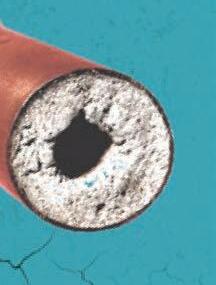
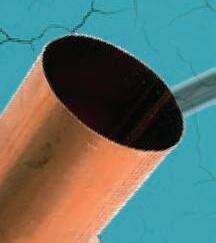


Martin saw the ingenuity of his father who worked at an abattoir when he begin trapping rabbits on their property.
“Probably the amount of rabbits we trapped and sold paid for Mum and Dad’s house,” he said.
“We all got involved, there was always plenty to do before school and we had a bit of a bartering






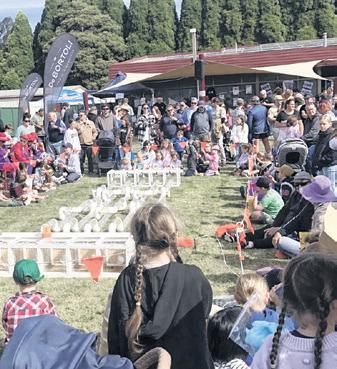






system with the neighbours, exchanging milk and eggs and


system with the neighbours, exchanging milk and eggs and maybe a load of rewood.
“We were a big Catholic family with the church down the road and when my brother bought our rst colour TV, we had the nuns and the priests coming to see it.
“So we grew up help doing things, you know, what we could.”
Martin’s career in the railways began in Bendigo in 1980 and saw him gravitate towards Avenel via Seymour where he was V/Line’s parcels manager.
When not enough players talked to him at the local football club, a mate lured him to a training session at Avenel.
“I went up on a Thursday and I think I got home at seven o’clock on the Friday morning, or so it was said.
“I thought ‘this is quite good’ and then I met up a local and we married.
“I’ve been in Avenue ever since.”
Between his playing years and ferret racing era, Martin presided over the football and netball club during years of major change, including the construction of new netball changerooms in 2008.
Since retirement, he has helped out around town with ‘a spot of gardening’ and odd jobs for those who need it.

“I always looked a er a lot of the elderlies around town, helping with their lawns and different things like that.
“It was just something that I took on being able to, because I did shi work.”
He nds a nice play on words before dashing back to replace some bolts on his mower.
“They call me the Colin Hayes of ferrets, but I would say that ferrets would have to be the grass roots of racing.”
There is a pause.
“Of course, the ferrets live underground among the actual grass roots.”
A handshake, and he’s gone.






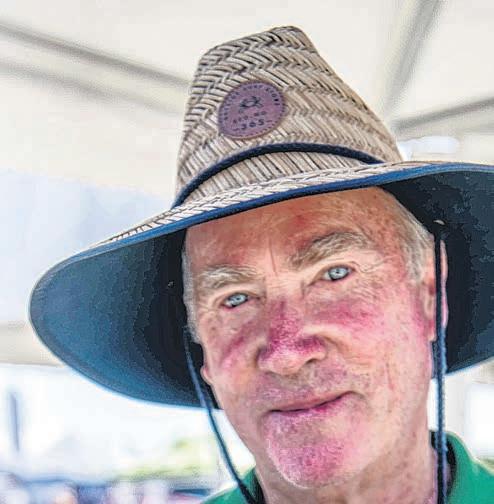



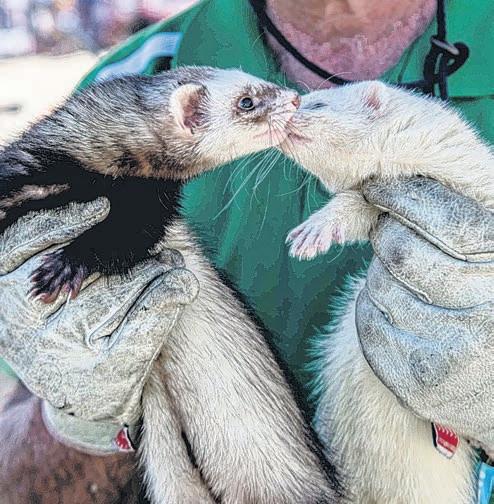
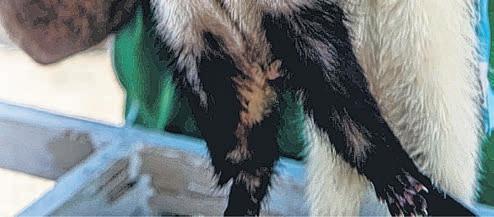



AMID workforce challenges, the horticulture sector is poised to adopt the latest in automation technology for pollinating, spraying, harvesting and packing to boost productivity, with estimated labour savings on the table of up to 90 per cent.
Driven by industry, delivered through Hort Innovation and led by Applied Horticultural Research, the $52M program will help protected cropping growers maintain their profitability by advancing the industry’s approach towards sustainability, agronomy, automation, energy, employee skills and management.
Hort Innovation chief executive Brett Field said the program was designed by growers, for growers.
“With more than $20M invested directly from growers in this program, this industrydriven initiative holds immense potential for advancing the protected cropping sector in Australia,” Mr Fi eld said.
“By embracing automation and technological advancements, growers can achieve greater sustainability, improve crop quality, and enhance pro tability, paving the way for a more e cient and competitive future.”
Applied Horticultural Research managing director Dr Gordon Rogers said the program had been designed in collaboration with major growers, researchers and technology providers to ensure it is t-for-purpose.
Flavorite Group chief operating o cer Chris Millis said the company is looking to employ a range of robotic solutions to revolutionise their pollinating, spraying, harvesting and packing operations.
Flavorite has sites in Warragul, Mans eld and Tatura, with the main headquarters at Warragul where the group grows tomatoes, cherry tomatoes and capsicums.
“New technology will allow for the e ective management of labour, enabling the redeployment of people or teams to other business-building activities that have previously been limited due to resource availability,” Mr Millis said.
“We currently hand-pollinate 50 hectares of tomatoes grown in glasshouses six times per week for 41 weeks.
“If pollination could be mechanised, our labour requirements could be reduced by 80 per cent.”
“Another example is packing, a labourintensive activity that is a major cost in our business.
The Australian Parliament has passed laws to end live sheep exports by sea by 1 May 2028.
There’s a $139 million package for sheep producers and supply chain businesses to help transition away from the export of live sheep by sea.
Joint design of programs with industry will make sure the right programs are available in the right areas, to support decisions for your business.
We encourage you to prepare, so you are ready when the trade ends in 2028.
To find out more about the program roll out, visit: www.agriculture.gov.au/2028
“Implementing an automated packing approach could save our business around $2.4 million per year.”
Another Victorian enterprise, Costa Group general manager for avocados, Cormac te Kloot said the avocado industry is set to reach new heights by adopting the latest tech.
“This program will advance the avocado industry’s approach towards sustainability, agronomy, automation, energy usage, and improving sta skills and management,” Mr te Kloot said.
“We have developed a new containerised, under-cover avocado production system where avocados are grown in containers lled with growing media under shade netting at high densities, instead of the conventional open eld orchard production model.
“This research will fast track this new production model and help avocado growers compete in global export markets.”
Protected cropping Australia executive ofcer Julie Krieger said the program focuses on key priorities identi ed in the Australian Protected Cropping Strategy 2021-2030.
“We set a vision for a thriving Australian protected cropping industry, which is positioned for growth, sustainability, prosperity and international competitiveness,” Ms Krieger said.
“As part of the Strategy, industry identied optimising t-for-purpose, cost-e ective technologies as a priority, as well as increasing knowledge, capacity and practice change, which this program will address.”
The program is funded through Hort Innovation’s Frontiers investment program and has co-investment from Flavorite, Apex Greenhouses, Costa Group, Applied Horticultural Research, Department of Energy, Environment and Climate Action (DEECA) and Polybee.
Covering Central, South Victoria, and West Gippsland

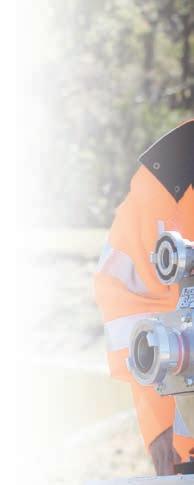
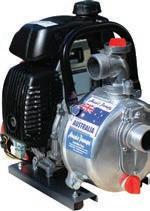
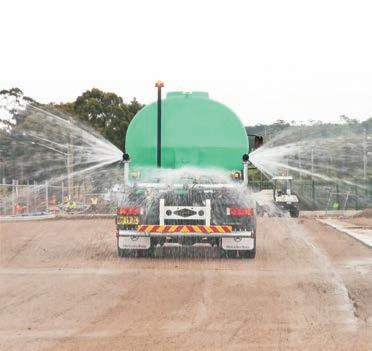
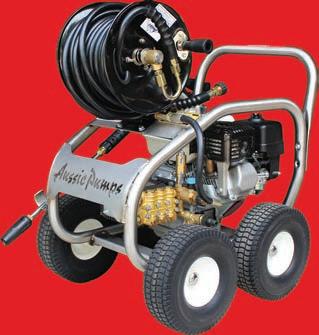

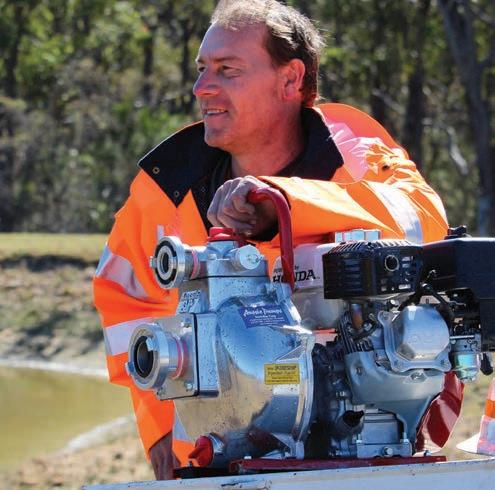
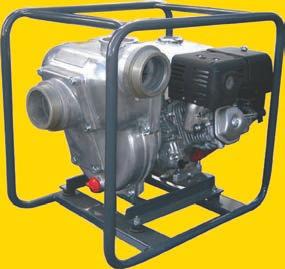
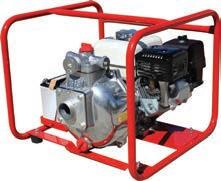
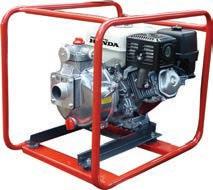











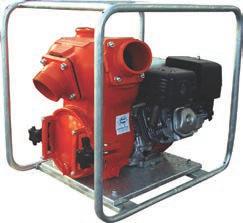



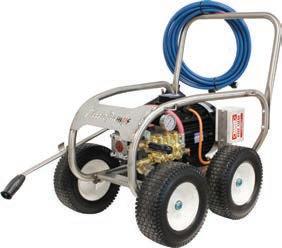


With my Hawk Bird Scarer OR your money back guaranteed.
This scarer will save you money because it only costs $39 and it is guaranteed to work.
“You saved my Roses from parrot and Cockatoo damage””
Wendy Burgin, Riverside Drive, Warburton, Vic..
“I have solved my bird problem” said N. Bond, Braybrook, Vic..
You can protect your stone & pome fruits, nut, berry or broad acre crops on calm or windy days because you suspend your hawk over or near your crop. No power, wind or poison needed which protects the environment.
Your Hawk Bird Scarer
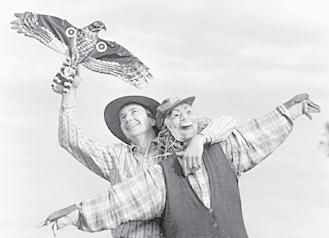
looks real so it scares all birds including Starlings, Indian Mynahs, Crows, Cockatoos, Galahs,Corellas,Parrots, Jays,Black birds, all Native Birds, Silver Eyes, Lorikeets.
Other uses: Stops Pigeons, Swallows, Seagulls, roosting on
boats, sheds, verandahs and roofs. Scares ducks off dams & swimming pools. But does not give 100% results for Sparrows.
Order now & you will receive a FREE 28 Page Booklet on Bird Scaring Techniques. Hawks are just $39 each from: Tisara (Aust.) Pty. Ltd.
175 Swan Street, Morpeth NSW 2321
Phone: (02) 4934 8330
www.facebook.com/ hawkbirdscarer
www.hawkbirdscarer.com
Email: info@hawkbirdscarer.com
To: Tisara (Aust.) Pty. Ltd. – 175 Swan Street, Morpeth NSW 2321 (02) 4934 8330
Yes, please rush me .................................................... Hawk Bird Scarers at $39 each plus $9.00 postage and packaging each. (Orders of 2 or more P&P Free). Please include my Free Booklet. My credit card details are, or I enclose







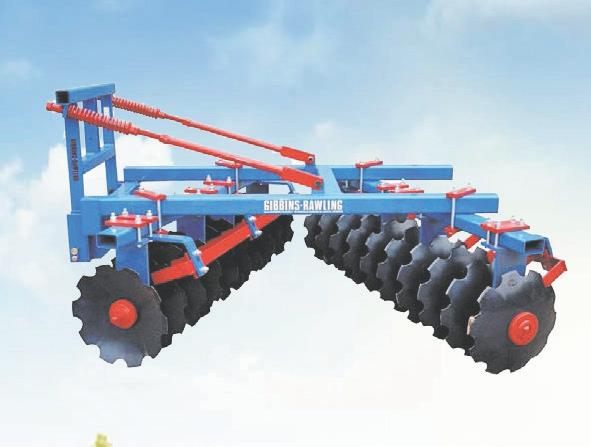
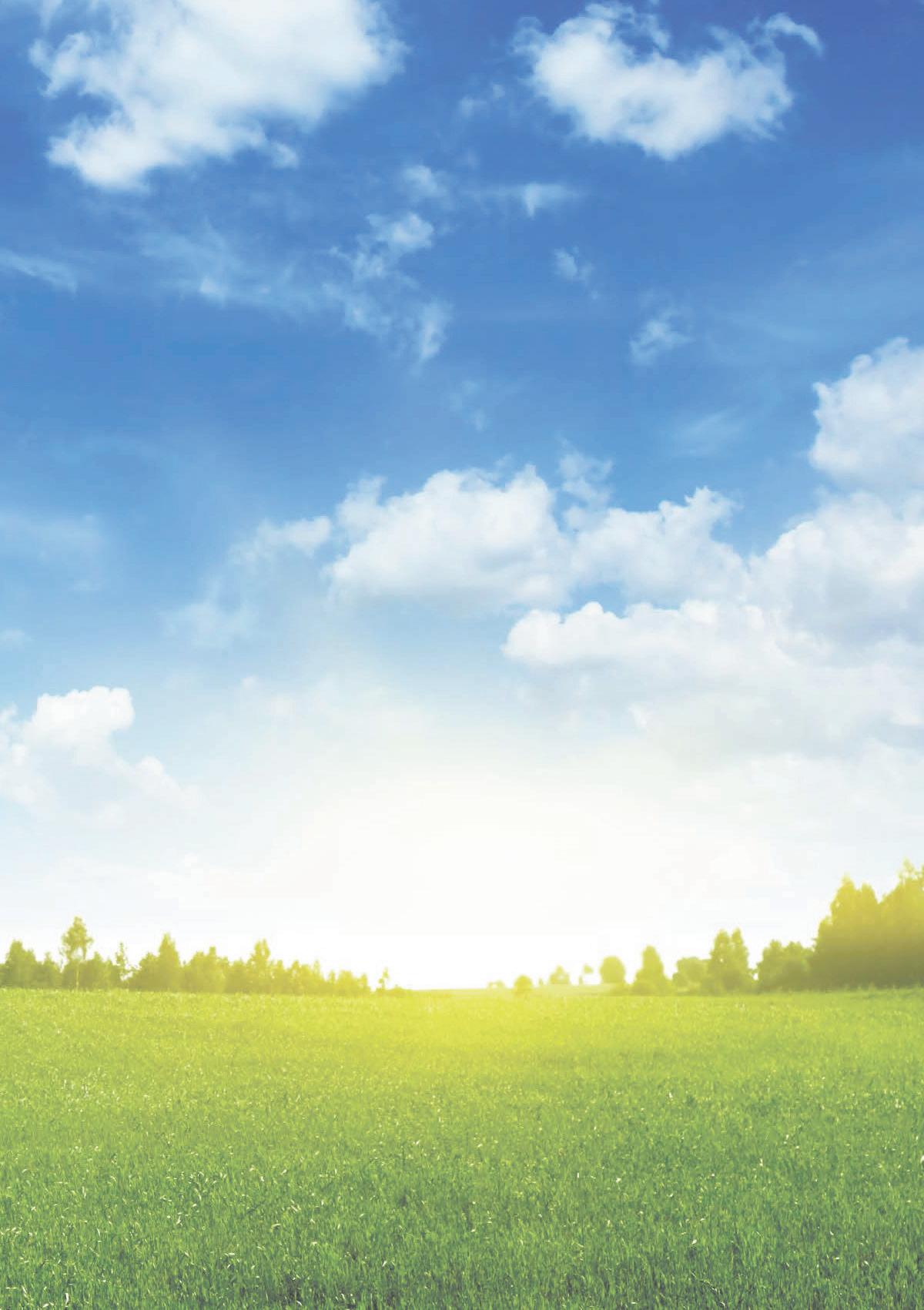



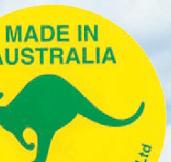

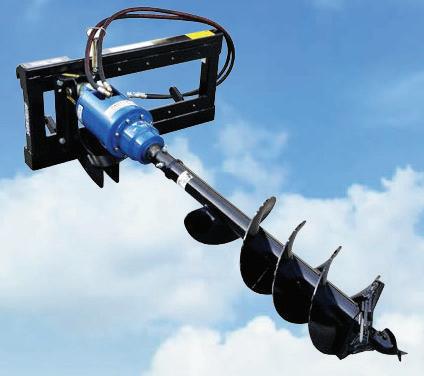
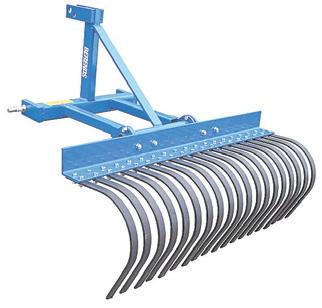
a reason,” she said.
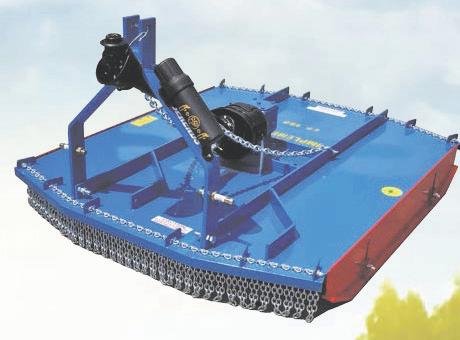
RACHEL Dickson grew up surrounded by one of the top herds in Australia, but it wasn’t until she took a gap year and worked on the family farm that she really came to appreciate cows.



Now Rachel is pursuing a career in veterinary science that will see her help to keep cows – along with other animals – safe and well.
Her studies are being supported by a DemoDAIRY Foundation scholarship.
Rachel’s parents Bryan and Jo Dickson’s Holstein and Jersey herds have been at or near the top of the Australian Breeding Values for many years.
She had always appreciated the need to maintain a healthy herd, but that fact was reinforced during her 2020 gap year.
“I nished year 12 not knowing what to do with myself,” she said.
“I didn’t necessarily think I was going to become a vet, but I’m a real nerd and like science.”
Rachel had planned to work on a farm in England across 2020 but that only lasted two months before the pandemic intervened and she had to return home.
“Everything works out for
“I came back to Garvoc and worked full-time on the home dairy farm Emu Banks because I couldn’t work anywhere else.
“It didn’t feel like a job.
“I was happy working with the cows and realised I wanted to work with animals in some capacity.”
Rachel could have done pharmacy or chemical engineering but ended up going to the University of Melbourne to do a Bachelor of Science.
“In that course I could pick and choose subjects in different areas without locking into one track.
“I loved learning about the cows and their biomechanics.
“I understood it and enjoying learning about it.”
In 2023 Rachel graduated with a Bachelor of Science majoring in animal health and disease at the University of Melbourne and is about to start studying veterinary medicine at the University of Sydney a er managing a farm at Terang over summer.
“When I started my undergrad in 2021, I started dipping into foundational animal health subjects and it really interested me,” she said.
“It’s something that was always there.
“I started showing cows when I was about 12 and I’ve been comfortable around animals all my life, but I didn’t even have vet as any of my options when I nished VCE.
“Taking the gap year helped me to gure out what I like and didn’t like.” Rachel wants to be a mixed practice vet to include farm animals.
The DemoDAIRY Foundation scholarship will provide $6000 a year for the next four years of Rachel’s course, which will primarily cover rent and some supplies for her course.
A er graduating, Rachel plans to work overseas but has long-term plans to return to Western Victoria.
“I’ve travelled quite a bit but that makes you realise how Warrnambool, Terang and the Western District are such great places to live,” she said.
DemoDAIRY Foundation is keen to sponsor more people in the farming industry. More information can be found at https://www.demodairy.com.au/scholarships/ or from DDF secretary Ian Teese on 0427 358987 or itag@bigpond.com.
TOMATO brown rugose fruit virus (ToBRFV) has been detected at a tomato glasshouse facility in the Goulburn Valley in seedlings recently moved from South Australia.
Victoria’s Chief Plant Health Ofcer, Dr Rosa Crnov, revealed on January 17 that quarantine controls were in place at the property with Agriculture Victoria working closely with the business to ensure the virus does not spread and is eradicated.
Spreading from South Australia, the virus was detected last year in August at three SA farms, including the state’s largest tomato grower, Perfection Fresh.
The initial detection of the virus led to mandatory crop destruction and interstate import bans were implemented.
“A er national agreement on a pilot protocol to support trade, tomato seedlings were moved without authorisation from a decontaminated production nursery in South Australia to the Victorian business in mid-December 2024,” Dr Crnov said.
“Following noti cation that a plant grown in association with these seedlings had tested positive in SA, Agriculture Victoria implemented movement controls on the glasshouses at the Victorian facility and conducted extensive surveillance, which identi ed an infected plant.
“This detection is linked to a speci c movement of plant material and there is no evidence that ToBRFV is present in any other location in Victoria.”
The seedlings moved from South Australia into Victoria have been kept in glasshouses away from other plants on the Victorian property and have been under biosecurity control.
“We acknowledge this has signicant impacts on the business and we’re committed to working with them to eradicate the virus from their property,” Dr Crnov said.
“Response activities are being implemented in line with the nationally agreed response plan that is in place in South Australia, with the aim of eradicating the virus from Australia,” Dr Crnov said.
“The entire property has been placed under biosecurity control to stop the movement of host products until further investigations are completed.”
All a ected plants at the Goulburn Valley glasshouse have been destroyed and all movement of plants between Victoria and South Australia suspended.
“We maintain confidence in the freedom of the rest of the state from ToBRFV and continue to monitor the national situation closely to determine if changes to our biosecurity measures are required.’
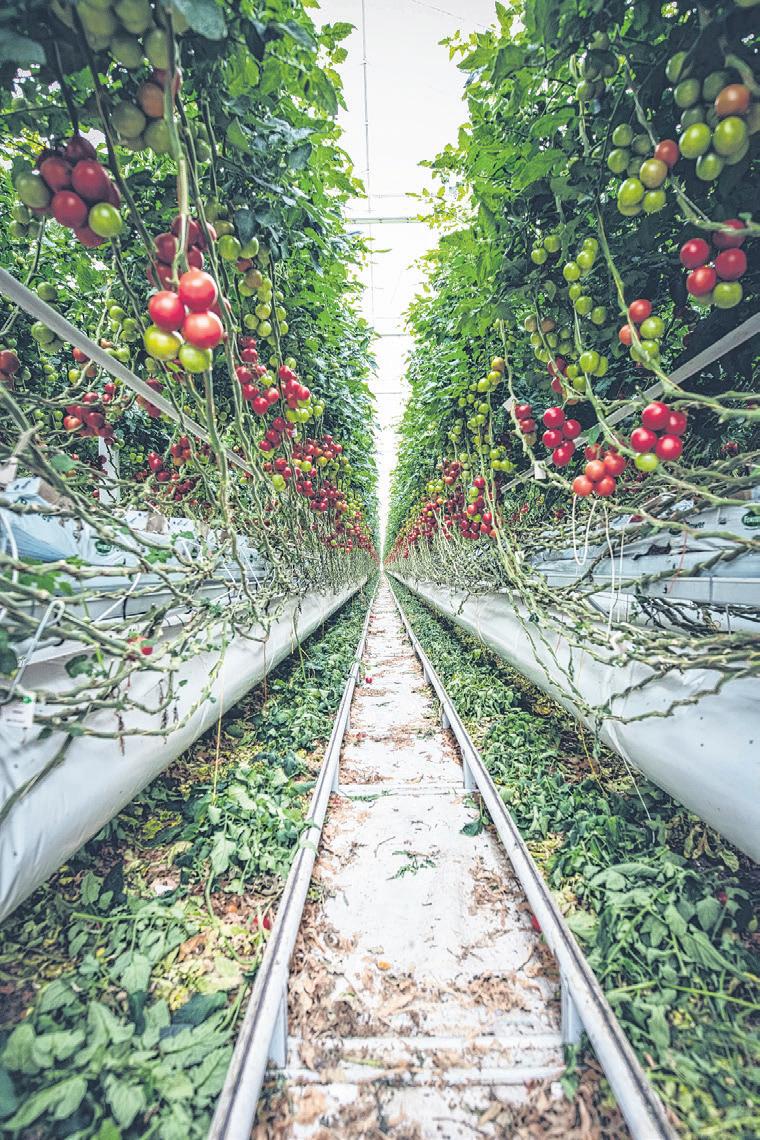
TOMATO brown rugose fruit virus is a highly contagious plant virus that affects tomatoes, capsicums and chillies.
The virus is a serious threat to Australia’s tomato, capsicum and chilli industries, reducing yield by up to 70 per cent
The virus spreads easily through contaminated tools, hands, clothing and direct plant-to-plant contact, including grafting and cuttings.
It can also be transmitted in seeds and irrigation water.
The virus can remain viable in seed, plant waste and contaminated soil for months and once a crop is infected, the only way to eradicate the virus is by destroying all infected plants and material.
There is no risk to food safety or human health from eating tomatoes with this virus.
Victorian tomato and capsicum producers and home gardeners are encouraged to monitor their crops and to contact Agriculture Victoria if they suspect the disease might be present.
Producers should make a report if they suspect the presence of ToBRFV in their crops. You can: report online via the Agriculture Victoria website - https://agriculture.vic.gov.au/ biosecurity/pest-insects-and-mites/reportan-unusual-plant-pest-or-disease phone the Exotic Plant Pest Hotline on 1800 084 881.
More information about ToBRFV can be found on the Agriculture Victoria website: https://agriculture.vic.gov.au/biosecurity/ plant-diseases/vegetable-diseases/ tomato-brown-rugose-fruit-virus
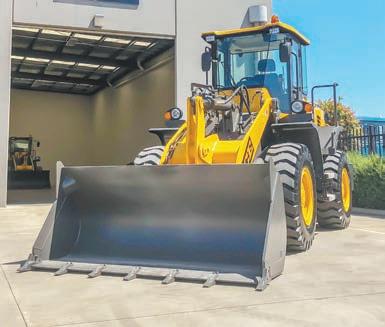



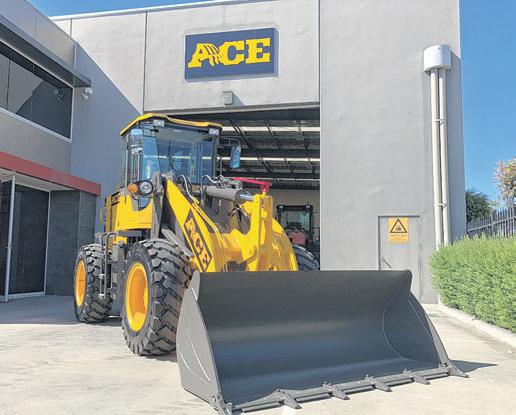

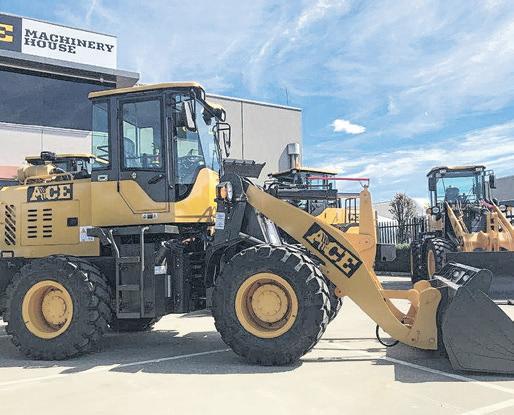

•








THE astonishing and devastating fires in Los Angeles have shocked us all, to see such completely unexpected catastrophic fires wipe out whole suburbs, virtually with no warning.
Even Cal Fire, the fire service, was unable to deal with the fires largely because of lack of water.
The whole catastrophe was exacerbated by the flammable material that most of the houses were built from.
Yes, we saw aerial fire fighting efforts made that obviously had major impact, especially when we saw the red fire retardant billowing from the aircraft in an effort for fire control.
THE AUSSIE APPROACH
The thing we noticed was it appears that none of those households that were burnt out in the Palisades or Malibu, appeared to have had any preparation for a fire of that magnitude.
There wasn’t any water tanks or pump installations that would enable the householder to make some effort to save their property.
We saw valiant efforts to try and control the fire with garden hoses, with the expected poor results.
THE DIFFERENCE WITH AUSTRALIA
In Australia, Australian Pump Industries keeps on promoting the idea of preparation, particularly in what’s known as the “urban interface”.
The urban interface is that 1,000,000 maybe 1,500,000 or even 2,000,000 households that are built between the city and the bush.
Some capital cities are surrounded by “blockies” often with small acreages and pets or livestock.
These are adjacent to National Parks and are poorly prepared.
Many people in the urban interface are smart enough to have invested in a water tank and a fire pump, along with sprinklers on the roof and an ability to block downpipes so gutters around the house provide a “moat” to defeat an ember attack.
In California we saw professional fire fighters come into action only to be “hamstrung” by lack of water supply.
That’s a subject for Cal Water to deal with, but it showed very clearly what happens in a situation like that where there is simply not enough water to protect property, and life.
We have a huge debt to the volunteer fire fighting brigades right across Australia who are prepared to give us their time to train and practice supporting their community.
Yes, they’re equipped by state governments but, the credit goes to them for their strenuous efforts to be prepped and put themselves in the “fire line” when the chips are down.
Fortunately, most state governments are providing adequate funding for the
volunteer’s equipment and backing it up with professionals who are fulltime trainers.

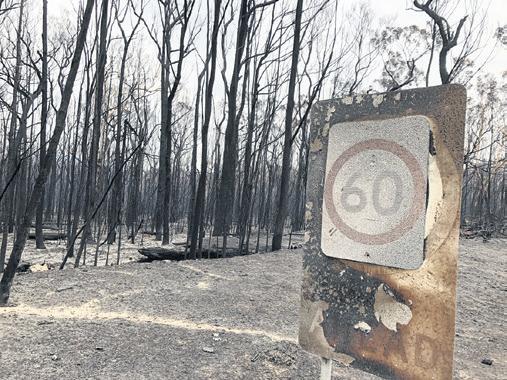






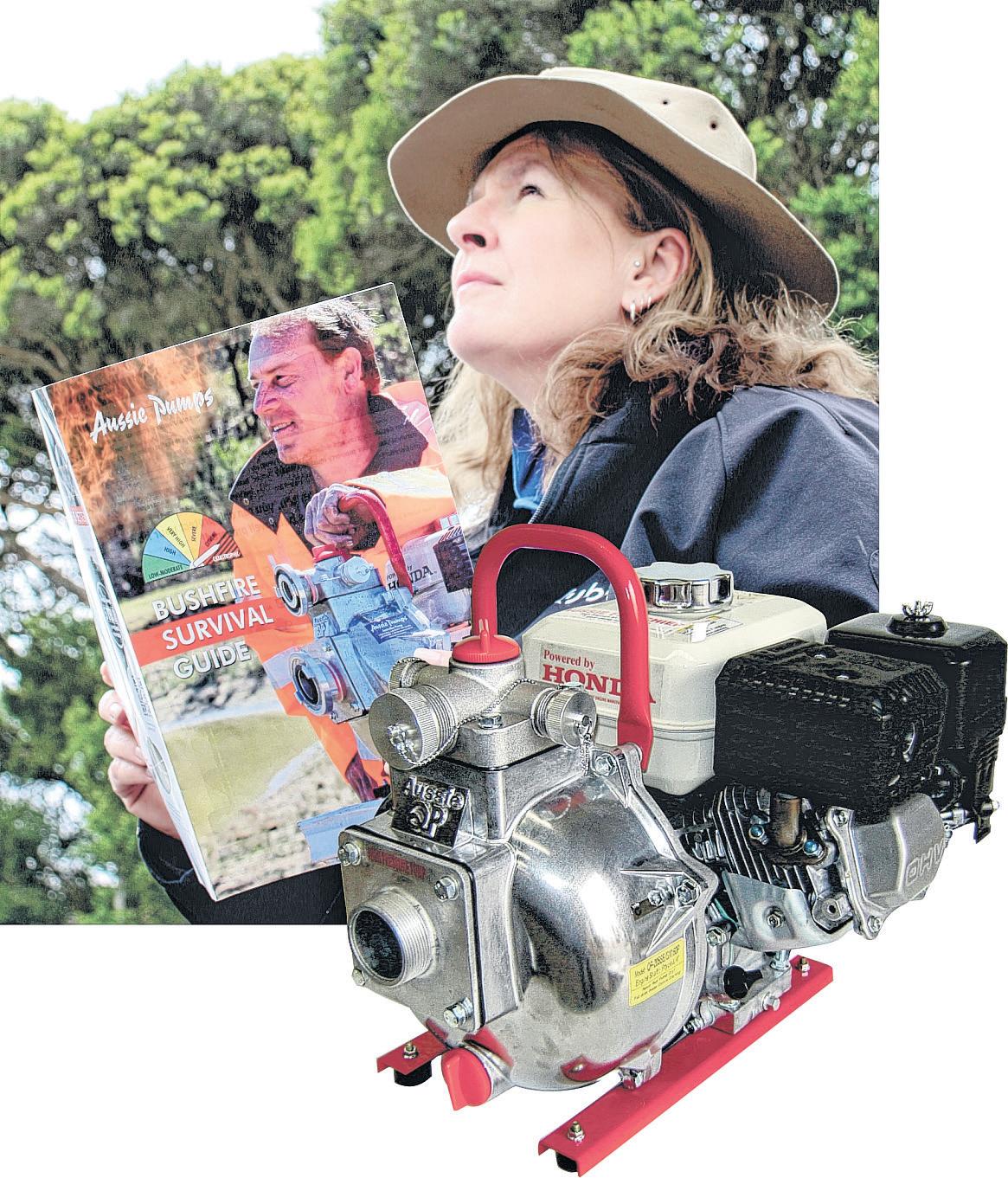
Aussie Pumps are famous for their range of high pressure fire fighting pumps.
They believe both single and twin impeller configurations of the pumps provide the best performance and the best value for money in the firefighting pump business.
“We’ve got the biggest product range and we sell it through top quality and responsible distributors who realise when they sell the Aussie Fire Chief or its big brother - the Mr T twin impeller pump - their customers are getting the very best available,” said Aussie Pumps chief engineer John Hales.
Aussie Pump distributors around the country are all geared up to provide not only the best pumps, hose kits and advice, the Aussie Bushfire Survival Guide is also readily available from distributors.
Thousands of these are printed to provide homeowners with advice on how to properly prepare their properties.
It is no surprise that the latest bulletins from the United National Global Compact have claimed 2024 was the hottest year on the planet since records were logged.
That’s a sobering thought and obviously relates to not only climate change but the growing global population.
When it’s predicted we’re going to see up to 12 billion people on the planet by 2050 we have to start thinking about how we’re going to deal with the dramatic changes in climate.
It’s not just about fire but also the escalation of major weather events that result in floods and, extended droughts.
PRACTICE FIRST
“Getting set up to defend a property is a big decision,” said Hales.
“Buy the right pump first and then more importantly, train to use it with the family and where appropriate, neighbours.”
Pumps should be fueled and ready to be used and primed with water so they start immediately.
“Make sure the pump has no air leaks in the suction line as that can slow down the priming process and can inhibit performance,” said Hales.
It’s the dry fuel, the high temperature and worst of all the unexpected gale force winds that create true disasters.
Aussie’s message is, be prepared with the best pump, adequate





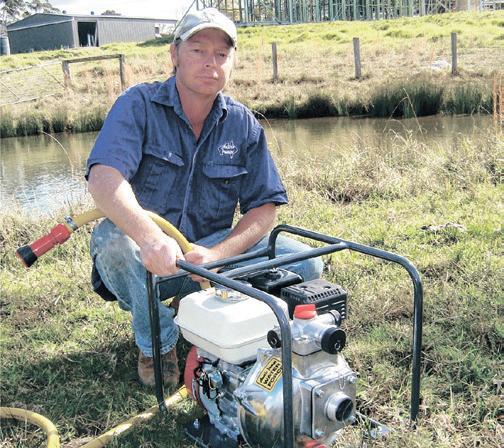




water supply and of course quality high pressure hoses and nozzles suitable for the job.
PROTECT YOUR STOCK
Many who live in the urban interface have animals - horses, some cattle, sheep, goats and even alpacas.
These animals need to be protected in the event of a fire.
Basic rules for protection are as follows.
1. Spray paint your phone number on the animal’s rump, so it can be identified.
2. Remove rugs and halters made of plastic or with metal buckles.
3. Animals should be placed in open paddocks with minimal growth but with access to water and fodder.
Animals should have the ability to run and be loose because they will instinctively run from a fire.
SELECT THE RIGHT PUMP
Australian Pump Industries engineers work tirelessly to produce the best products of their kind in the world.
The latest addition is a big twin impeller pump powered by a 13hp Honda petrol engine.
Called the Mr T QPT305SLT, this big pump will produce flows of up to 200 litres per minute at a 80 metre (m) head.
That’s quite extraordinary performance and provides two or three times more capability


than the standard 5.5hp Honda powered fire pump.

Even Aussie’s Fire Chief, claimed to be the world’s best lightweight portable fire pump, has a maximum flow of 450 lpm and a top pressure rating of 75m head.
That equates roughly to 100psi in pressure.
Buying the right product is key but so is paying the right price.
Some pumps are on the market at ridiculously high prices, many of them more than double the price of the Aussie Fire Chief.
The Aussie Fire Chief is the only pump of its kind that comes with a five year warranty.
That covers the pump end only.
Honda cover the engine with their three year warranty.
“We work with Honda engineers to make sure our pumps are perfectly matched to the power of the Honda engine selected,” Hales said.
“We take a lot of trouble to make sure that we are perfectly aligned in terms of horsepower consumption and engine capability.
“It’s a credit to Honda that they give us so much support and help us to make sure customers get the very best in terms of pump/engine combination.”
Australian Pump Industries is working hard to make sure the urban interface dwellers and even seasoned professional farmers as well, are adequately protected for fires.
John Hales advice is to do your homework.
“Go talk to your local Aussie Pump dealer and make sure you’re buying the right equipment, paying the right price and getting a pump with a five year warranty,” he said.
For further copies of Aussies free Bushfire Survival Guide call on your local dealer or contact Aussie Pumps direct in Sydney. Visit aussiepumps.com.au
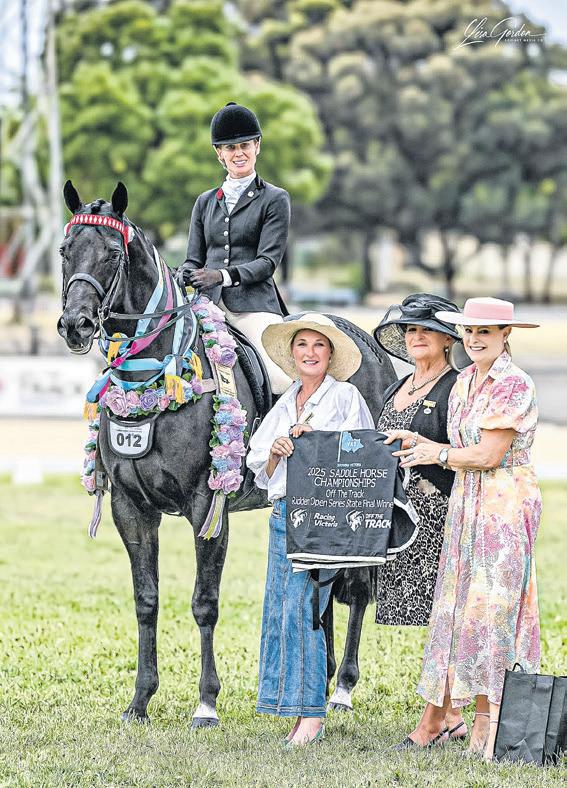
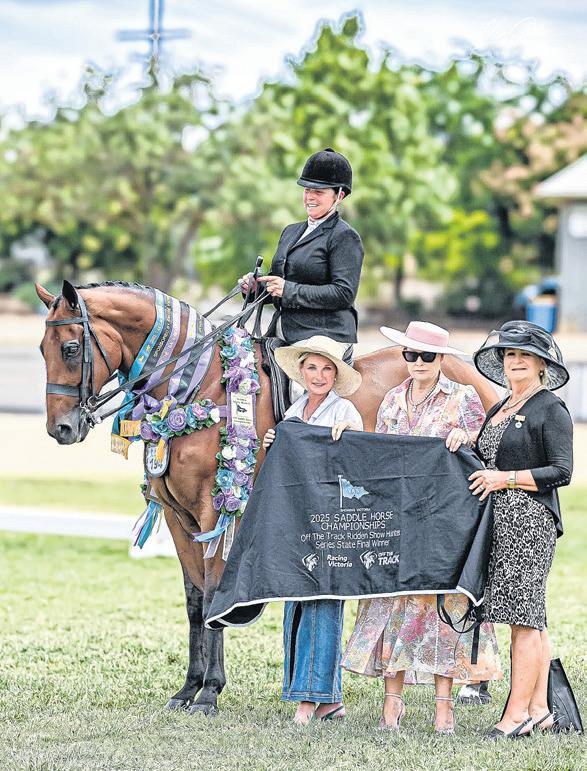
By LYNN ELDER
THE wellbeing of humans and horses was paramount in ensuring the success of this year’s VAS Ltd Apiam Saddle Horse Championships held in extremely hot weather over the weekend of January 4 and 5 at the Bendigo Showgrounds.
The championship’s aim was to celebrate the Victorian 2024 agricultural show season and reward those who competed and supported the many agricultural shows statewide.
It consisted of ve featured state nals at the championships - Good Hands, Alabar Hero Series, O The Track Led Open, Led Show Hunter, Ridden Open and Ridden Show Hunter Series.
According to VAS executive o cer Rod Bowles the temperature was checked at various intervals throughout the day on the BOM (Bureau of Metrology) weather website in consideration of the hot weather policy in place for the annual event.
“The show started at 8am with the top on Saturday at 4pm being 35 degrees at the completion of the last event,” said Mr Bowles.
“Sunday was again an 8am start with an overcast day keeping the temperature down with a slight breeze for a good part of the day.
“When the sun came out about 1pm it got hotter and most of the events were completed by 2pm with the state nal of the OTT (O the Track)
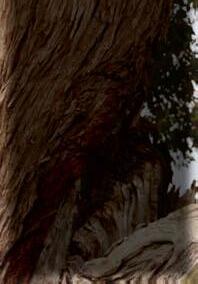


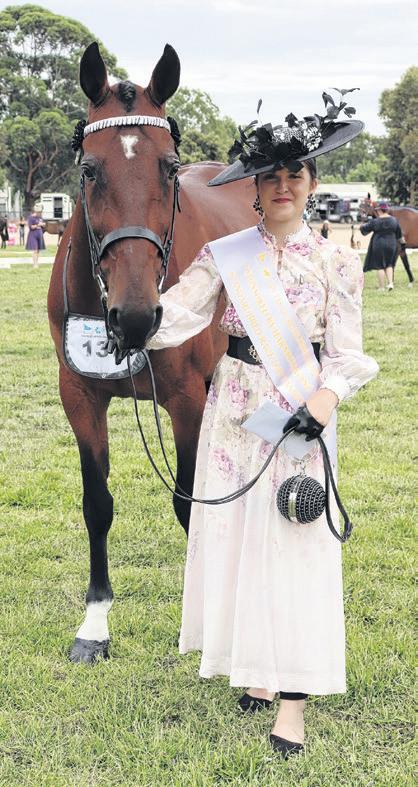
to be nished at 3pm when it was getting towards 37 degrees, but the humidity was low,” he said.
“By about 4.30pm when everyone had le it got hotter to reach the forecasted 40 degrees.
“It is always a challenge hot weather, but the venue has signi cant shade trees, wash down bays, water points and the stewards were o ering riders bottles of water and the option to ride without jackets,” said Mr Bowles.
In addition, judges selected to do scaled down work-outs to reduce stress on horses and riders, he said.
With these precautions in place, the championships elded good entries across most of the program.
“Overall, we had 1344 individual entries, with 371 horses.
“There was a great line up of standardbreds in the HERO nal and the OTT classes attracted great entries,” Mr Bowles said.
He added some people chose not to come due to the predicted heat and some horses with injuries prior to the show had to be withdrawn.
A new event in the program this year was race day fashions for the standardbreds which was well supported according to Mr Bowles.
“There were lots of horses out to their rst show in the debutante sections, just starting their show career, along with recently retired race horses getting into life a er
racing,” he said.
Mr Bowles was pleased to see lots of previous riders, breeders with the next generation coming through, and lots of mums with children on ponies in the leading rein classes.
The participation of riders and horses from across the state are vital to maintain the championships as a prestige event.
“The championships are critical to our country shows as the shows are the qualifying platform for horse and riders each year.
“Each competitor has to achieve a level of quali cations to attend the championships and at royal show level, so the country shows are an important part of the annual calendar,” said Mr Bowles.
“VAS is very fortunate to have a great number of volunteers that come to Bendigo for the weekend and provide their time making the event such a success.
“Next year presents a new challenge for VAS as the Bendigo Showgrounds will be going through a major upgrade of the arena during the time our show is held, and the committee will be looking at options available,” said Mr Bowles.
Bendigo has been the home of the championships since 2009 and sponsorship from the local city council and Apiam Animal Health have been vital to the success of the event.

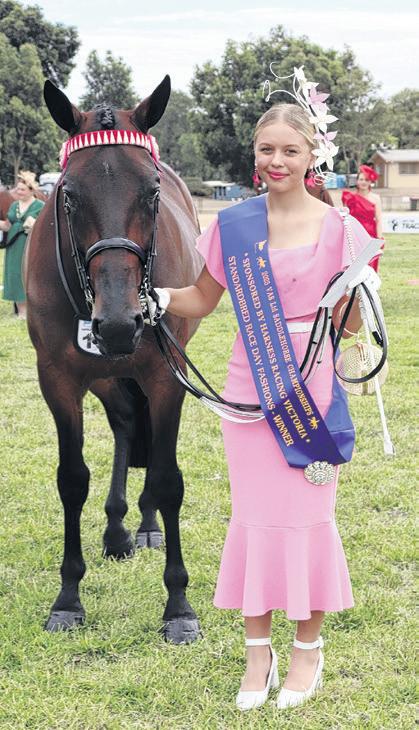
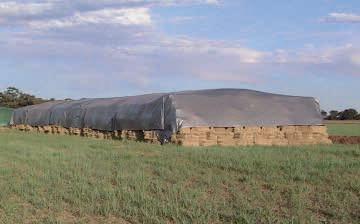

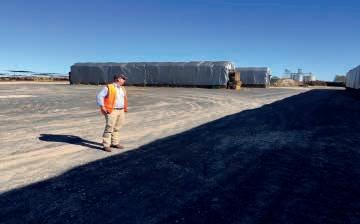

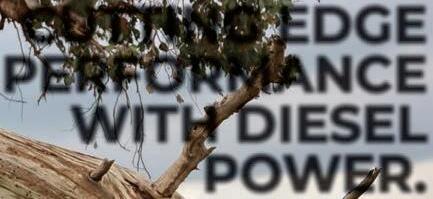


ROUNDING out a great 2024, Craig Sharam, Elders Bendigo branch manager, received the ‘Give It’ community action award at the annual One Elders Awards, held in Adelaide on December 11.
The One Elders Awards program celebrates individuals and teams who make signi cant contributions to the business.
Nominees are selected by the Elders network and their peers for embodying and consistently demonstrating the company’s core values of integrity, accountability, teamwork, innovation, and customer focus.
Among the stand-alone annual categories, four awards are presented to employees throughout the year as part of the monthly One Elders Awards.
The overall annual winner, chosen from the monthly winners, is announced at the annual awards ceremony.
These categories include the One Elders Safety Award, Sales Performance Award, Beyond the Call of Duty Award and the ‘Give It’ Community Action Award.
The One Elders ‘Give It’ Community Action Award honours an individual who has made a signi cant impact in their local or Elders community.
This includes, but is not
limited to, volunteering, fundraising, supporting natural disaster relief e orts, or providing extraordinary assistance to clients and communities during challenging times.
Craig’s receipt of this award honours his unwavering commitment to serving his community and his outstanding leadership in creating a transformative partnership between his branch and the Boys to the Bush program, supporting troubled youth in the community.
Craig’s dedication goes beyond his professional role, as he actively engages with local stakeholders, volunteers, and community members to ensure the program’s success. His ability to inspire others and create a sense of ownership has been instrumental in building strong relationships and driving positive change within the community.
Craig was grateful to receive the award and said he was proud to be in a position to support his community and farmers in rural and remote areas.
“Every other applicant was equally deserving, all of them doing amazing work in their communities,” he stated.
“I am immensely proud to have the chance to give back

BACCHUS MARSH
Bacchus Marsh Farm Supplies
126 Main Street
BALNARRING
Balnarring Produce
2990 Frankston-Flinders Road
BALLARAT
Cervus Equipment
Corner Brewery Tap Road
& Western Highway
Brown Hill
Mega Merch Rural & Pet
151 Learmonth Street
Alfredton
Miners Rest General Store
200-202 Howe Street
Miners Rest
BENDIGO
CEPA Farm Supplies
4-10 Stanley Street
Quarry Hill
Elders VP 109 Midland Highway
Epsom
Eaglehawk Newsagency
27-29 High Street Eaglehawk
COLDSTREAM
Rural Fence & Trade
611 Maroondah Highway
Coldstream LPO
670-672 Maroondah Highway
CRAIGIEBURN
Melbourne Farm Supplies
304 Sydney Road
CRESWICK
Creswick Newsagency
65 Albert Street
DELACOMBE
Westag
12 Wiltshire Lane
to kids in rural areas and address shortages in agricultural employment, by igniting their interest in agriculture through our work with the Boys to the Bush.”
Colin Lane, Elders Victoria/Riverina area manager, expressed his immense pride in Craig’s dedication to supporting his community.
“As a parent, when Craig saw an opportunity to help underprivileged kids through Boys to the Bush, he jumped at it,” he said.
“Craig’s commitment reects his core values - he’s a caring person who listens and takes action.
“When he sees something that needs addressing, he and the Bendigo branch are always ready to get involved.
“Elders Bendigo is consistently the rst to step up to help communities across central Victoria.
“Craig’s mantra is simple: it’s the community and its people who come rst.
“Everything else follows.
“It’s also the entire Bendigo team who give their all to supporting the community.
“At Elders, we intentionally recruit individuals who are passionate about making a di erence, whether through a sporting club, neighbourhood community houses, or other local initiatives.”
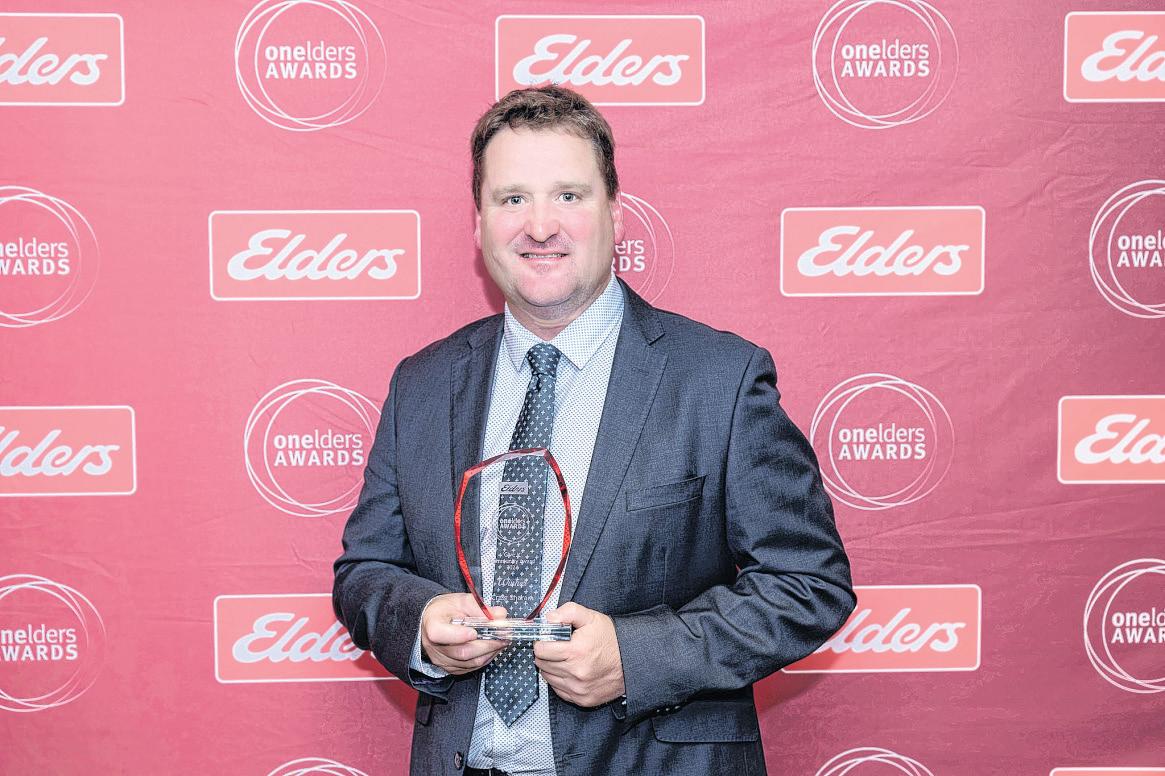
GEELONG
Geelong Farm Supplies
122 Victoria Street East Geelong Newsagency 78a Garden Street
Hewitt & Whitty Geelong 132-136 Furner Avenue
HASTINGS Hastings Produce 2083 Flinders-Frankston Road
HEALESVILLE
HEATHCOTE
Heathcote Rural Merchandise 85 High Street
INVERLEIGH
Inverleigh Farm Supplies 28 High Street
KILMORE
Southside Stockfeeds 108/110 Powlett Street
KOOWEERUP
Kooweerup Newsagency 44-48 Station Street
KORUMBURRA Korumburra Newsagency 27 Commercial Street
KYNETON
R S Perry & Sons 5 Market Street
LEONGATHA
Gendore Tractors & Machinery
82-84 Yarragon Road
Leongatha Newsagency 30 Bair Street

Healesville Stockfeed and Farm 281-283 Maroondah Highway


LILYDALE
Agpower & Transport 465 Maroondah Highway
LITTLE RIVER
Little River General Store 28-32 Little River Road
MELTON
Jon Kay Agri Service 9 Norton Drive
MONBULK
Murphy’s Mitre 10 Corner Main & Silvan Roads
MORNINGTON
Budget Stockfeeds
125 Mornington-Tyabb Road
MT EVELYN
Mt Evelyn Garden & Produce 41 Monbulk Road
PAKENHAM
Elders VP 2 Livestock Way
Glenmac Sales and Service
85 Bald Hill Road
Pakenham Produce 2 Bormar Drive
PANTON HILL
Panton Hill General Store & PO
586 Main Road
RED HILL SOUTH
Peninsula Farm Supplies
79 Arthurs Seat Road
ROCKBANK
Godings
2129 Western Highway
SEVILLE
Seville Tractors
51 Monbulk-Seville Road
SEYMOUR Seymour Equine & Rural
38 Emily Street
Seymour News Express 66 Station Street
SILVAN
Darmac AG Sales & Service
249-251 Monbulk Road
E.E. Muir & Sons 397 Monbulk Road
SMITHS GULLY
Smiths Gully General Store 914 Main Road
SUNBURY
Sunbury Stockfeeds 295 Settlement Road
SUNSHINE
Western Farm Service 588 Ballarat Road
TAGGERTY
Taggerty Store 26 Taggerty-Thornton Road
TOORADIN
Kverneland-Gendore Australia 78-83 South Gippsland Highway
WALLINGTON Wallington’s WRG 370 Grubb Road
WANDIN NORTH
Wesfarmers Landmark Unit 1, 7 George Street
WARRAGUL Farm Depot
183 Queen Street
R.E.N. Machinery Warragul 14-18 Normanby Street
Warragul Newsagency 43 Victoria Street
WERRIBEE E.E. Muir & Sons
879 Duncans Road
WERRIBEE SOUTH Anglers Anchorage 670 O’Connors Road
WHITTLESEA Whittlesea Produce 31 Forest Street
WINCHELSEA Winchelsea Trading 32 Harding Street
WONTHAGGI Wonthaggi Newsagency & Lotto 31 Murray Street
YARRA GLEN
Hoogies of Yarra Glen 9-15 Bell Street
Yarra Glen Mower & Tractor 21 Bell Street
Yarra Glen Stockfeeds 2/1 Armstrong Grove
YARRA JUNCTION
Baroona Produce & Pet Supplies 2434 Warburton Highway
YARRAGON Graham’s Seeds 98 Waterloo Road
YEA Elders VP 4 Station Street Yea Newsagency 74 High Street
